Aaliyah Lilly, a South Carolina Youth ChalleNGe Academy graduate, has earned a $500 scholarship for writing an outstanding essay about what she experienced in the YouthQuest Foundation’s 3D ThinkLink class.
“I often had troubles in school understanding key points, but since being a part of 3D printing, my way of thinking has gradually changed,” she wrote.
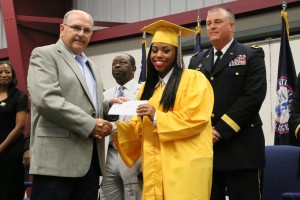
Aaliyah, 17, is one of 25 Cadets at National Guard Youth ChalleNGe Academies who completed the 3D ThinkLink course during the latest class cycle. In the process of learning the basics of 3D design and printing, the students developed better critical thinking and problem solving skills.
3D ThinkLink training also provided a creative outlet, Aaliyah said, and introduced her to “the next generation’s technology.”
Aaliyah will receive her scholarship money when she enrolls in a higher education or trade school program. She’s interested in studying Media Communications and Hospitality Management and aspires to become a Public Affairs Specialist in the military.
But first, she wants to share what she’s learned with others at SCYCA.
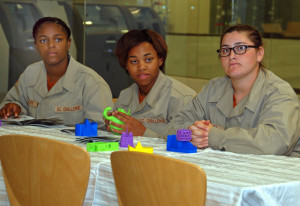
“After graduating Youth ChalleNGe Academy I plan return as a peer mentor to encourage those who are in the position I was in,” she wrote.
The competition was judged by YouthQuest supporter John Gilstrap, the New York Times bestselling author whose new thriller Against All Enemies comes out in July. He declared Aaliyah’s essay to be the “clear winner.”
“While several were very well written, this one reached beyond the introspection of how the program changed their lives to embrace how the lessons learned can then be passed along to a new group of future students,” he said.
You can read Aaliyah’s essay at the bottom of this page. Here are excerpts from essays some of her fellow students entered in the contest.
“Back home, not too many people believed in me and I often heard what I could not or would not do, but this program has given me more power to prove them wrong. … Thanks to 3D it has made me a better artist and very creative, I would have never known I could be so passionate and it has been very empowering to develop such skills. I have put a lot of hard work into this program and I have really enjoyed being a part of 3D.” – Tyeshia Blackmond, 17, Capital Guardian Youth ChalleNGe Academy, Washington, DC
“Since I joined the 3D printing class I have learned that everything does not come out right the first time. I have learned that it takes patience, hard work and dedication to have a successful print. For example the first item we made in 3D was a key chain. I believed it would take no longer than 20 to 30 minutes but it took up to 3 to 4 classes to completely finish because of all the shapes and lines needed. I wanted my project to be perfect so after every print I looked closely at the key chain. When the outcome was not right or did not look presentable to me I would have to fix it. This class also gave me motivation to stay in Capital Guardian Youth ChalleNGe Academy as a Cadet. Learning 3D was hard but it is worth it.” – Ronnell Dillard, 17, CGYCA
“I knew that I was going to learn something new, but I was not sure what it would be about or how challenging it would be. Once I was in the program, my perception and outlook changed, dramatically. I recently saw a quote that said, “Don’t let your fear of breaking things keep you from trying new experiments. That’s how you learn about the real world.” Now that I’ve gotten an opportunity to practice using the program and learning from it, I see that it is a fun and addictive program that can and is being used in daily society… And if I break something, it’s OK. I’ll print it again.” – TreVaughn McBride, 17, Freestate ChalleNGe Academy, Maryland
___________________________________
How 3D Printing Has Changed My Life
by Aaliyah M. Lilly, age 17
South Carolina Youth ChalleNGe Academy
I believe that you must be willing to change your perspective to seek ultimate opportunities. Prior to coming into South Carolina Youth ChalleNGe Academy I had no intentions of participating in any extracurricular activities, but I found interest in 3D Printing and Systems. 3D printing has been an outlet I’ve used to be creative while also gaining knowledge of the next generation’s technology. Since the start of the course I have learned not only the concept of 3D printing, but how to come with up an idea, design it, and turn it into reality. I often had troubles in school understanding key points, but since being a part of 3D printing, my way of thinking has gradually changed. I am very grateful to be able to express myself now through my work.
After graduating Youth ChalleNGe Academy I plan return as a peer mentor to encourage those who are in the position I was in. After that, I plan to attend AmeriCorps. However, my overall goal is to enlist into the military as a Public Affairs Specialist while majoring in Media Communications and Hospitality Management. I plan to take the skills I learned from 3D printing and utilize them in my personal life. I hope to design personalized 3D print items that will provide another stream of income as an entrepreneur.
One of my ultimate life goals is to be able to help my father financially by becoming self-sufficient. Growing up in a single parent household, my father has been the most influential person in life. I watched him struggle to raise me as a young female. I believe that everything I do is in honor of my father.
He instilled in me knowledge and gave me the guidance that I will need to be independent. I am excited for the future and thankful for what 3D printing has given me.


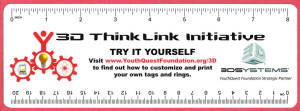 Everyone who contributes to our Kickstarter campaign will get the satisfaction of knowing they’re helping at-risk kids learn to think differently and make better decisions through 3D. In addition, we’re offering five levels of rewards for our backers.
Everyone who contributes to our Kickstarter campaign will get the satisfaction of knowing they’re helping at-risk kids learn to think differently and make better decisions through 3D. In addition, we’re offering five levels of rewards for our backers.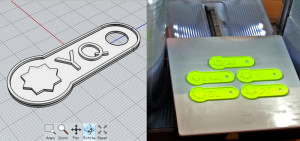 For donations of $50: A personalized key chain tag, which is one of the first things our students learn to make in class
For donations of $50: A personalized key chain tag, which is one of the first things our students learn to make in class
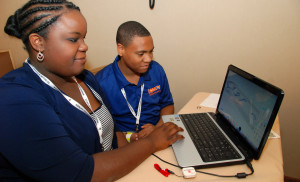
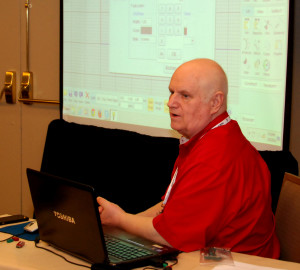
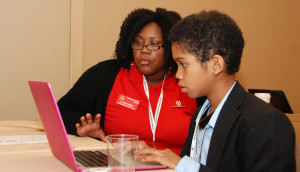
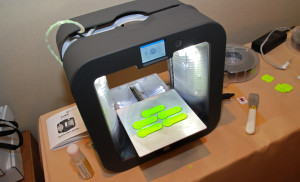
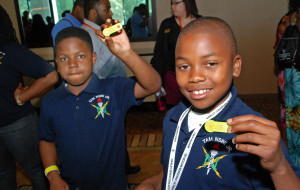
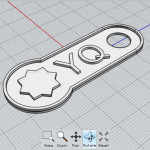
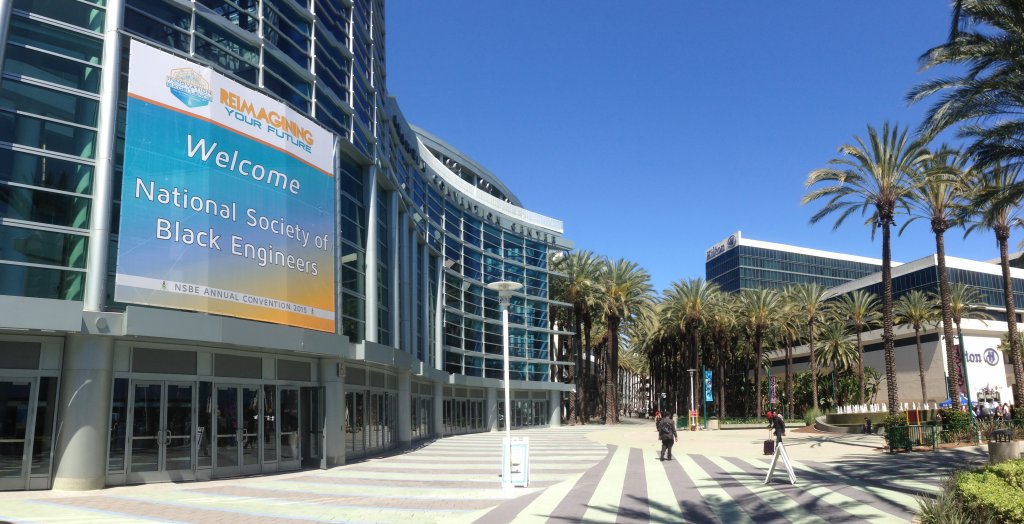
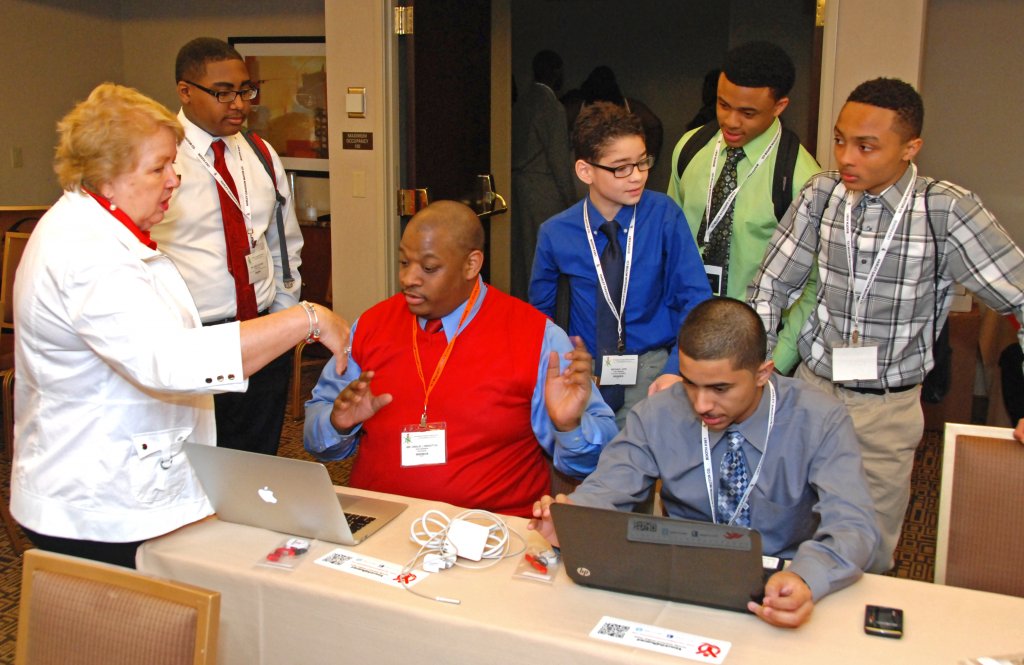
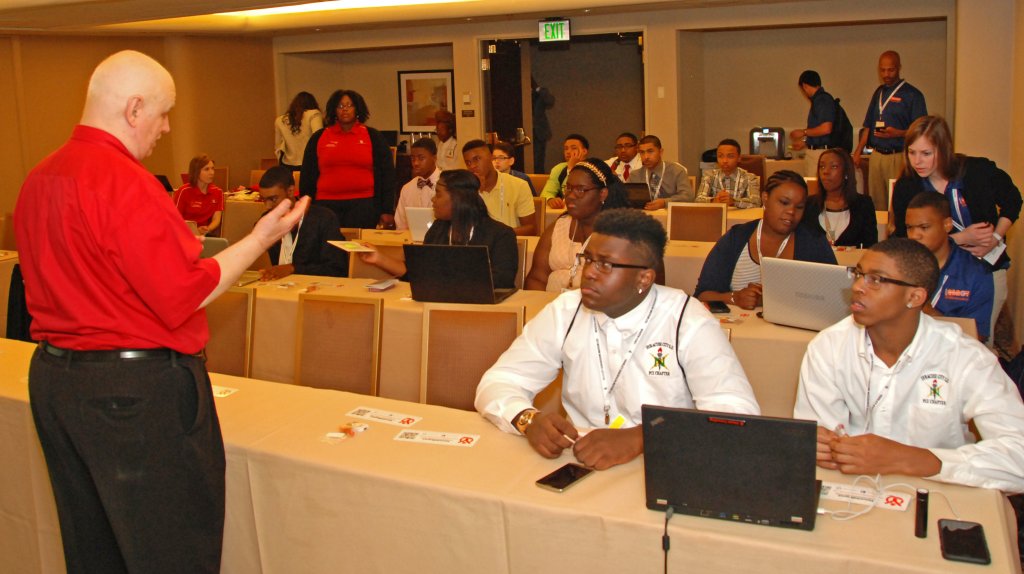
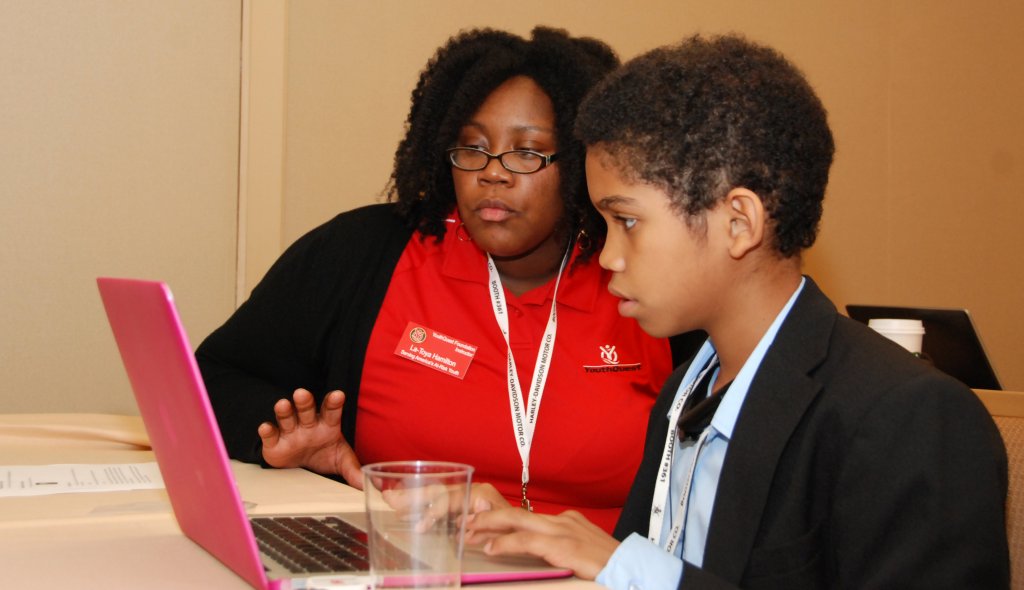
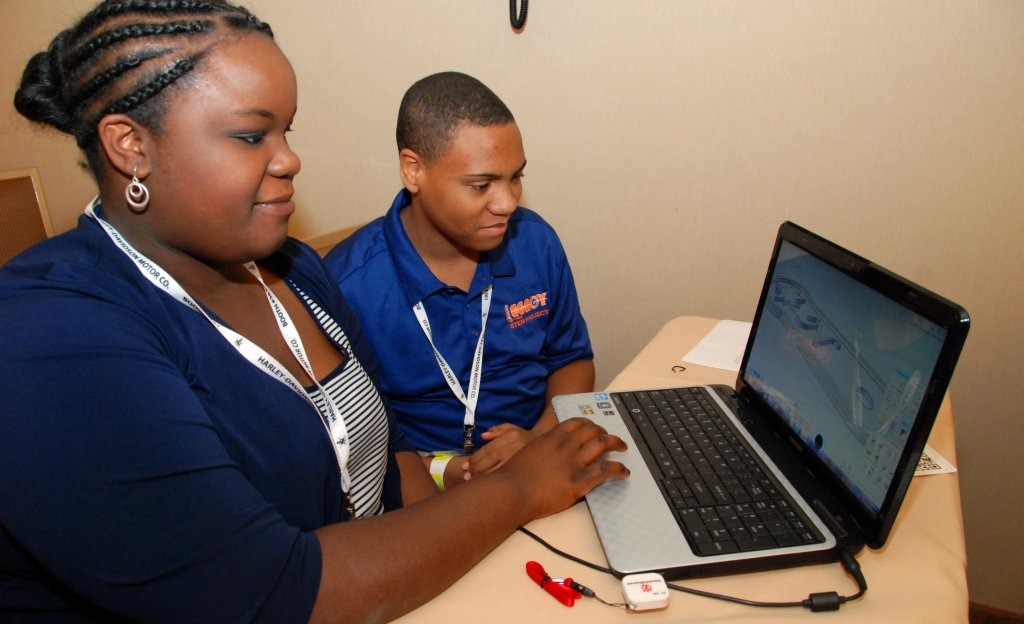
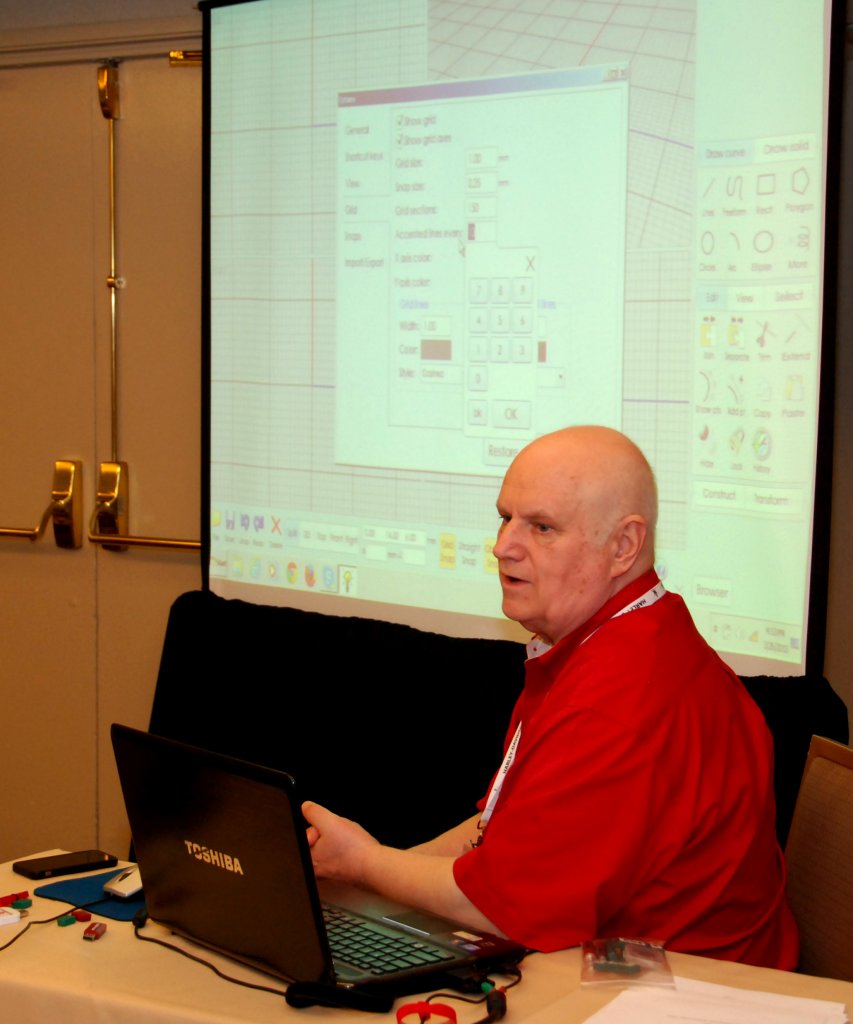
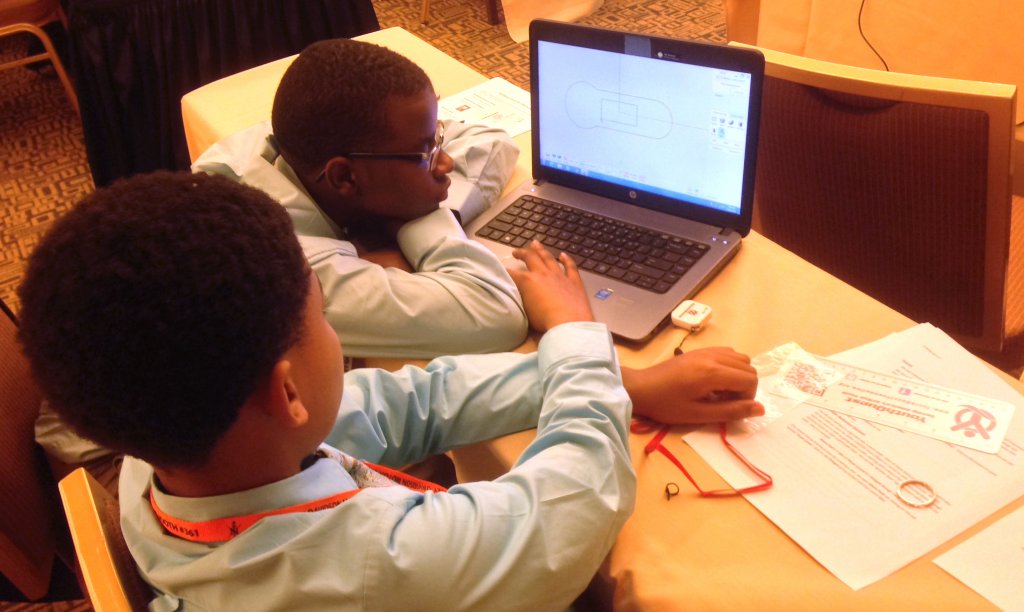
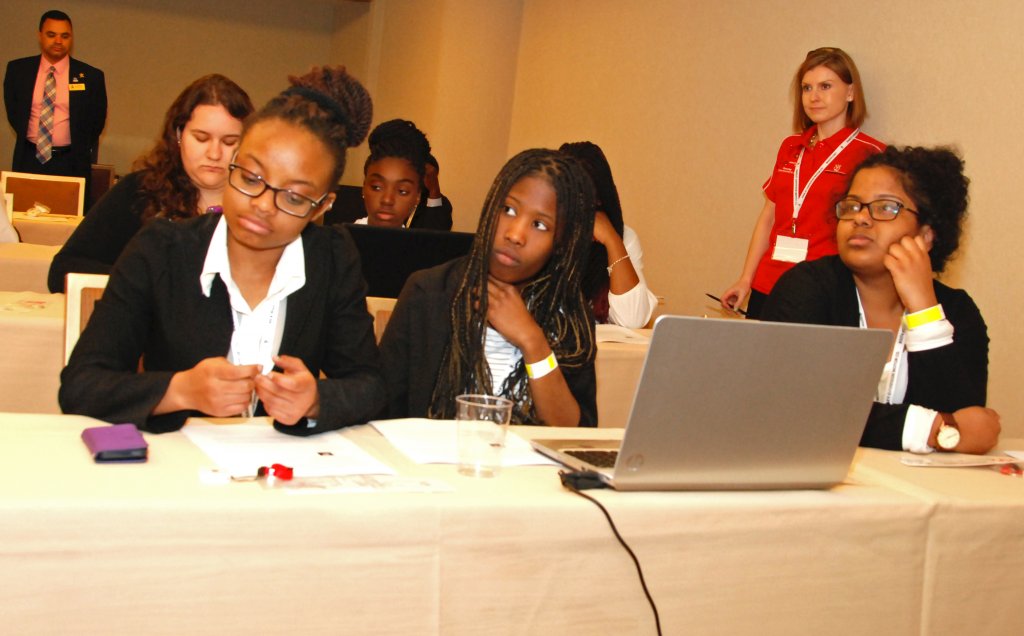
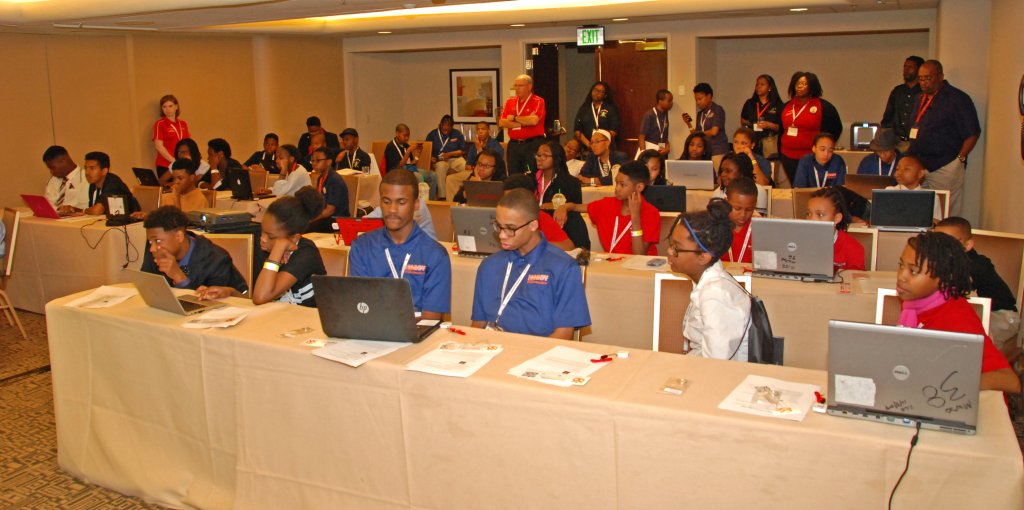
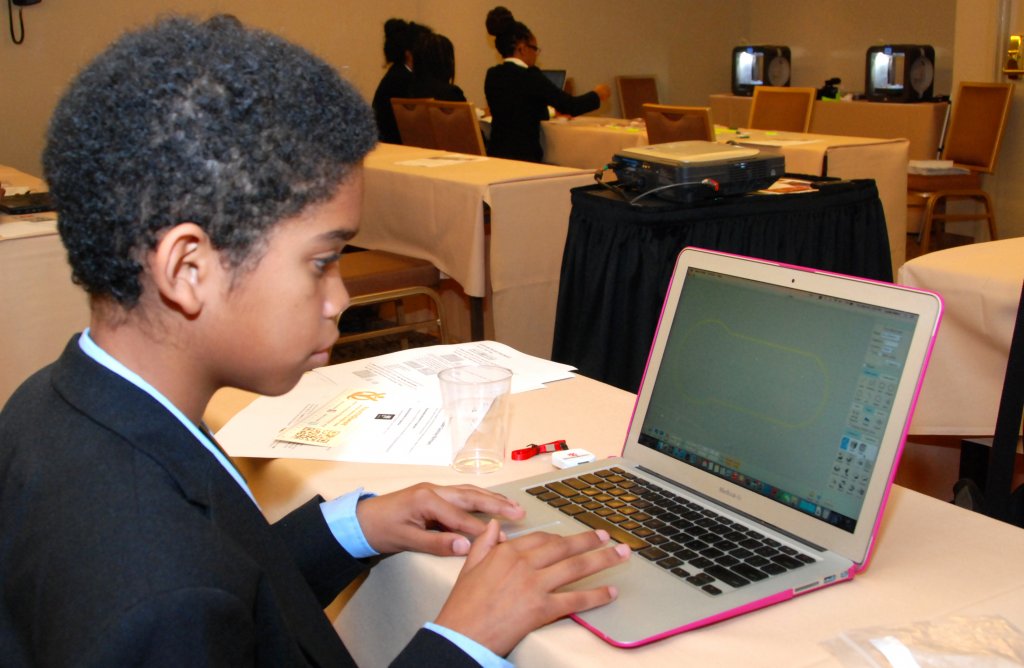
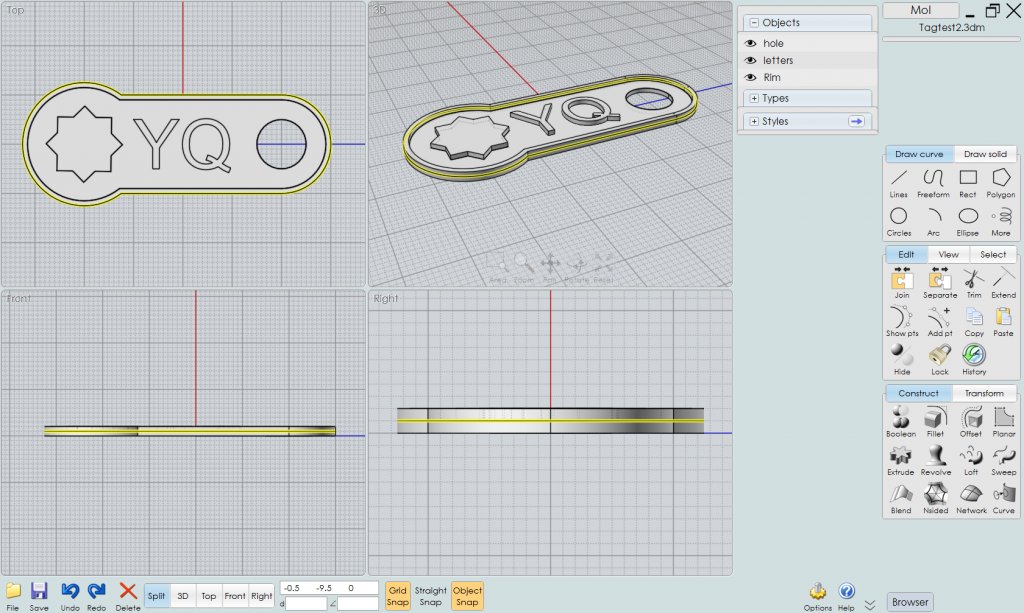
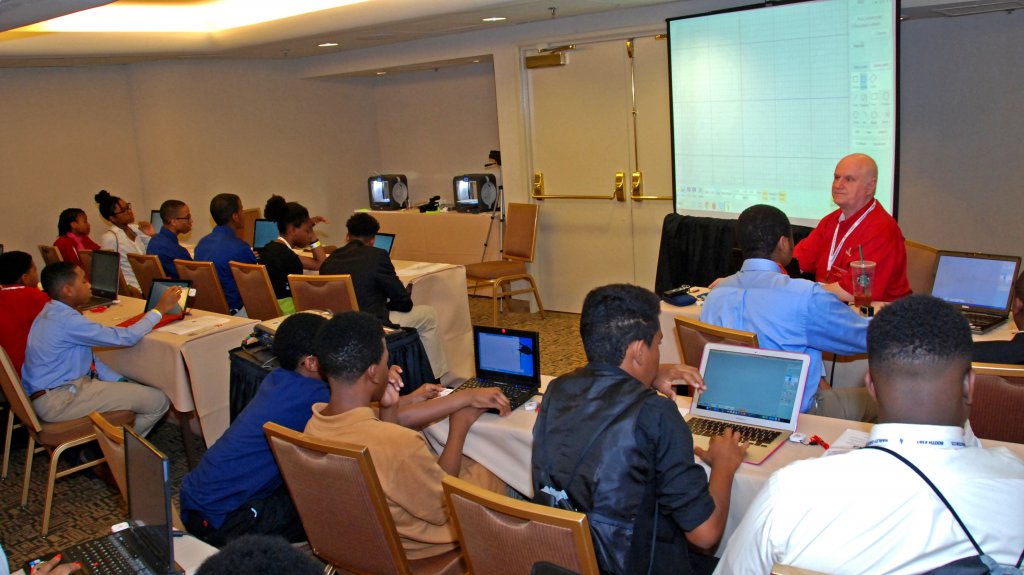
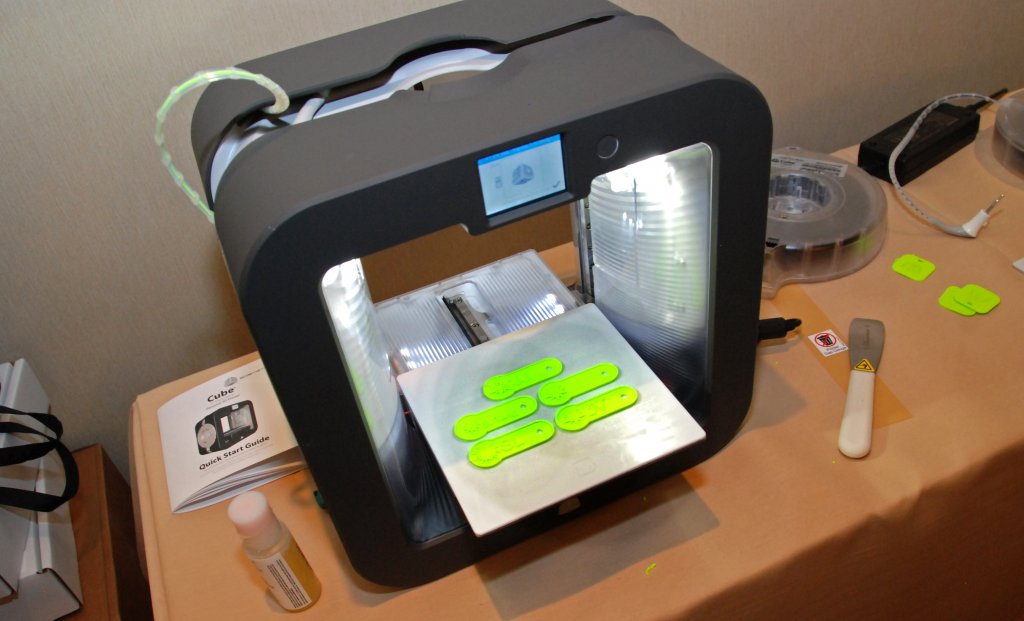
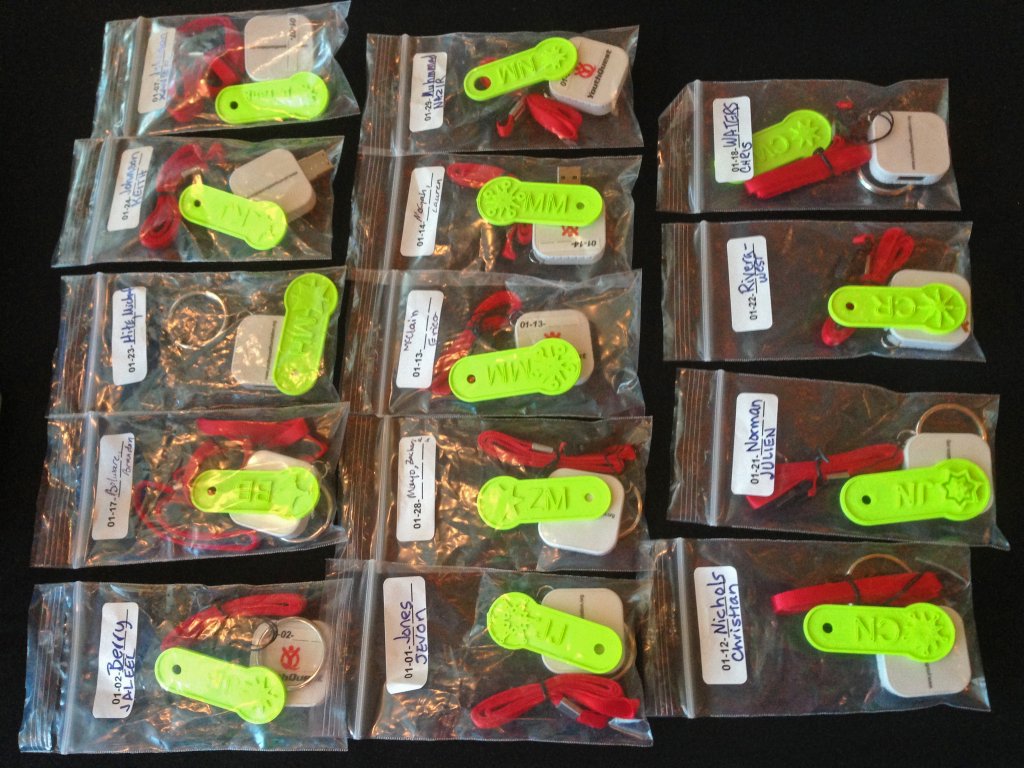
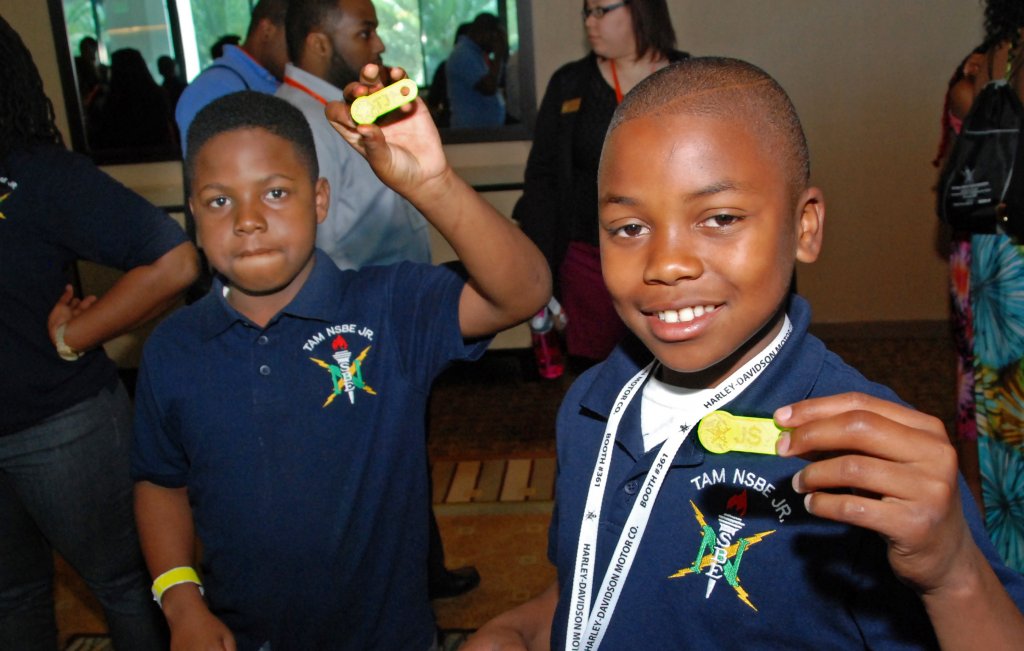
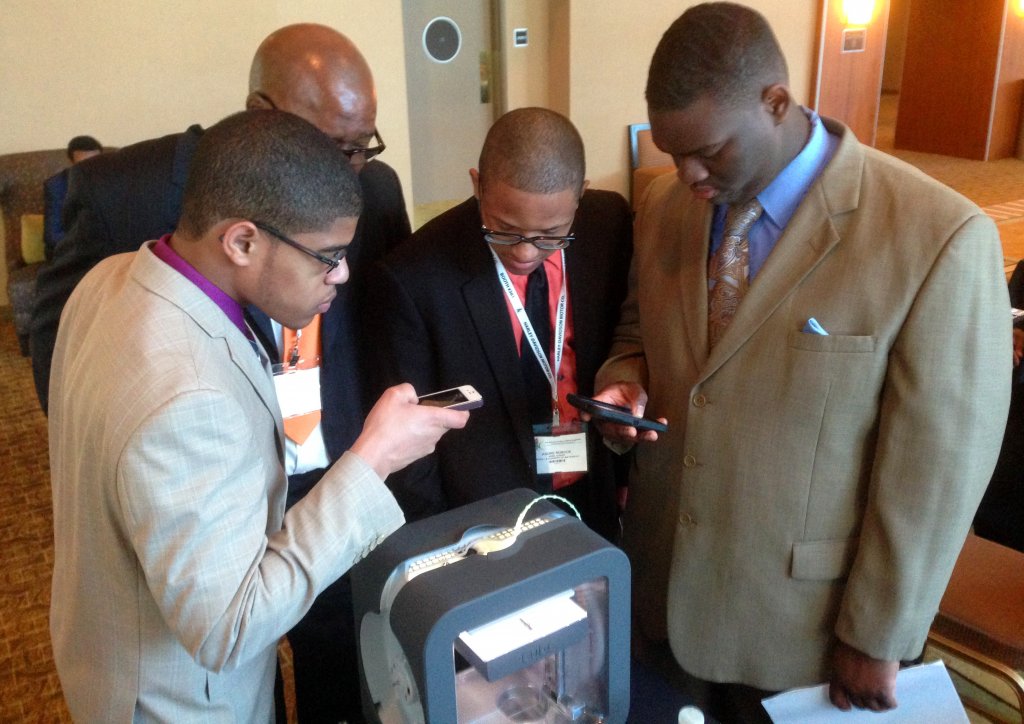
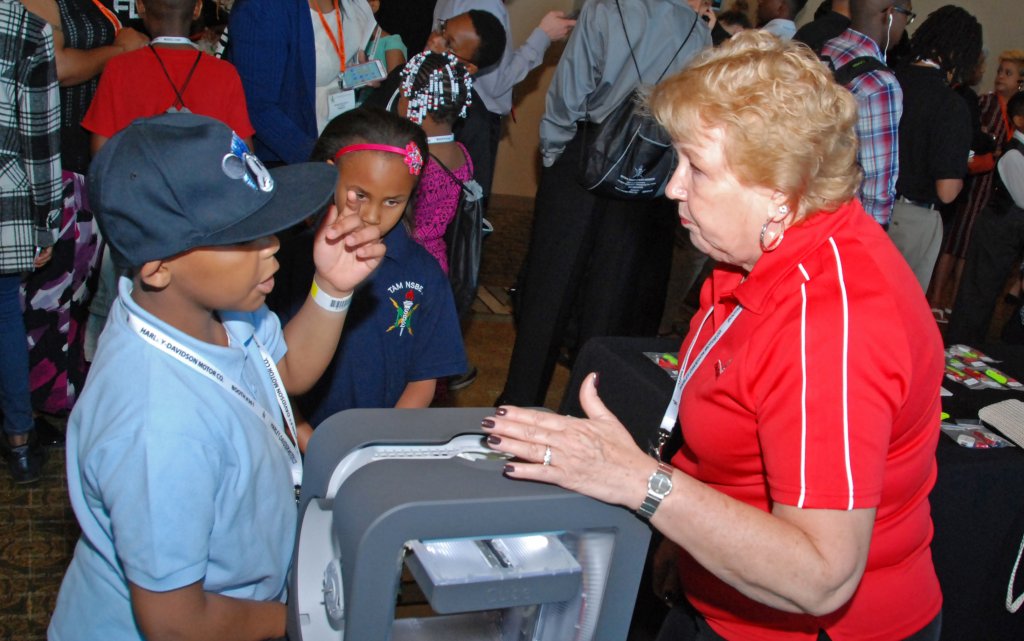
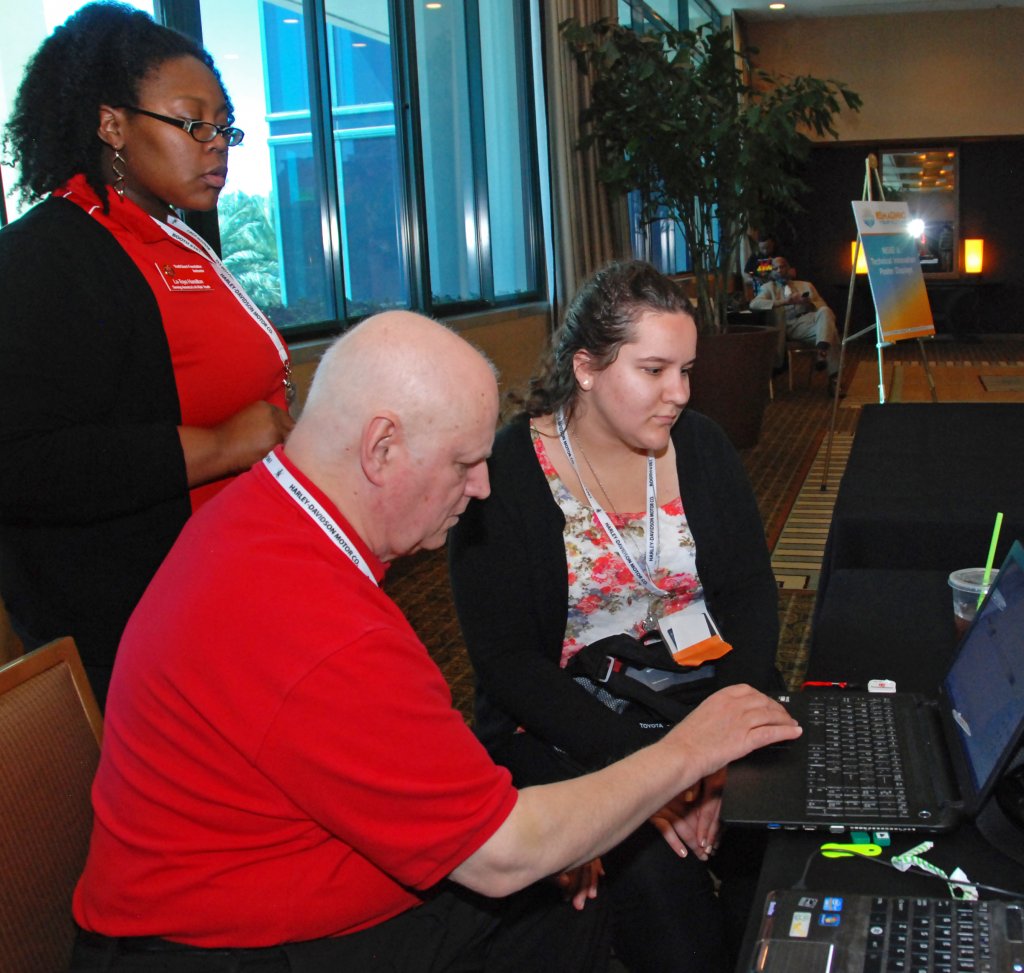
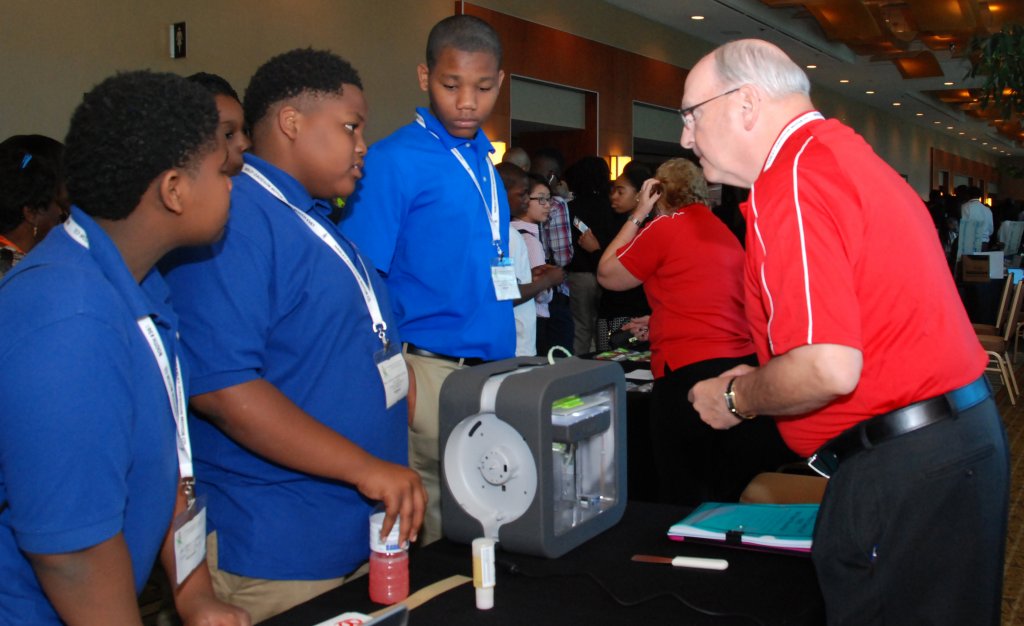
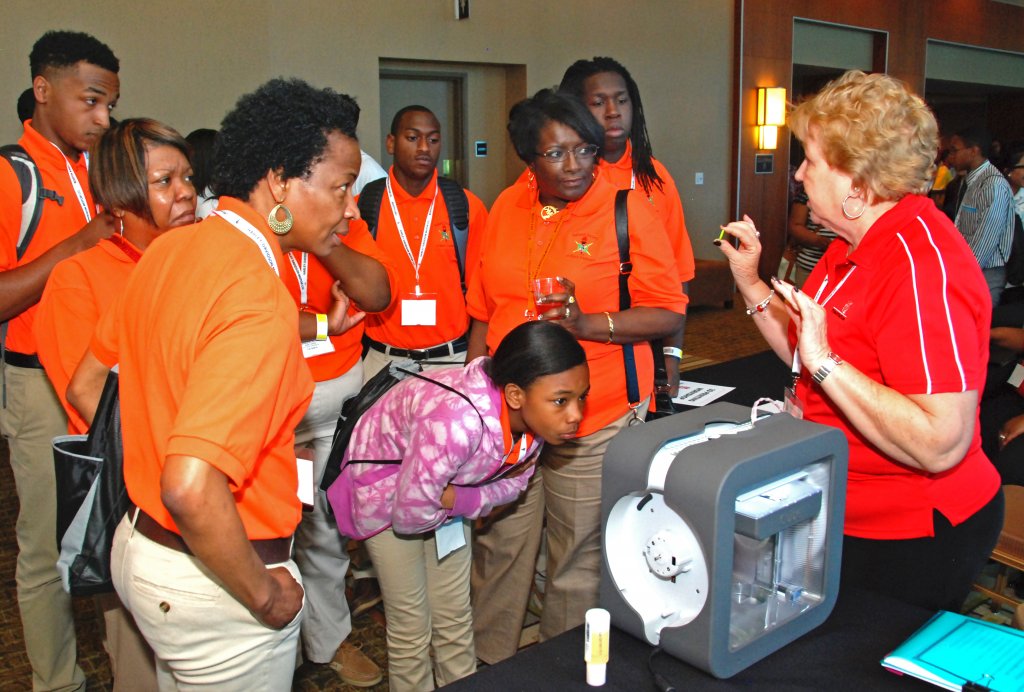

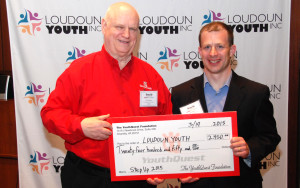
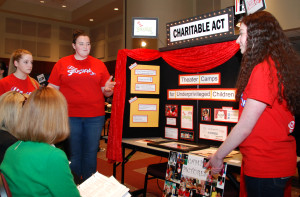
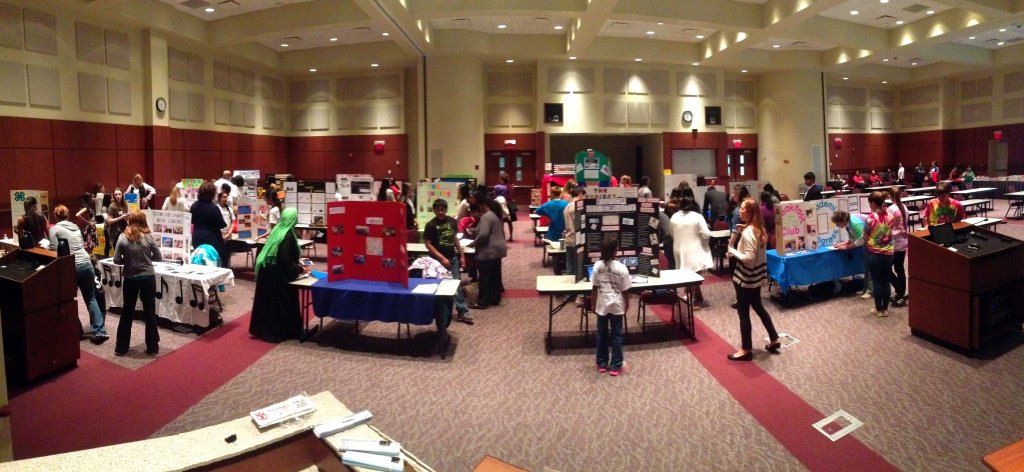
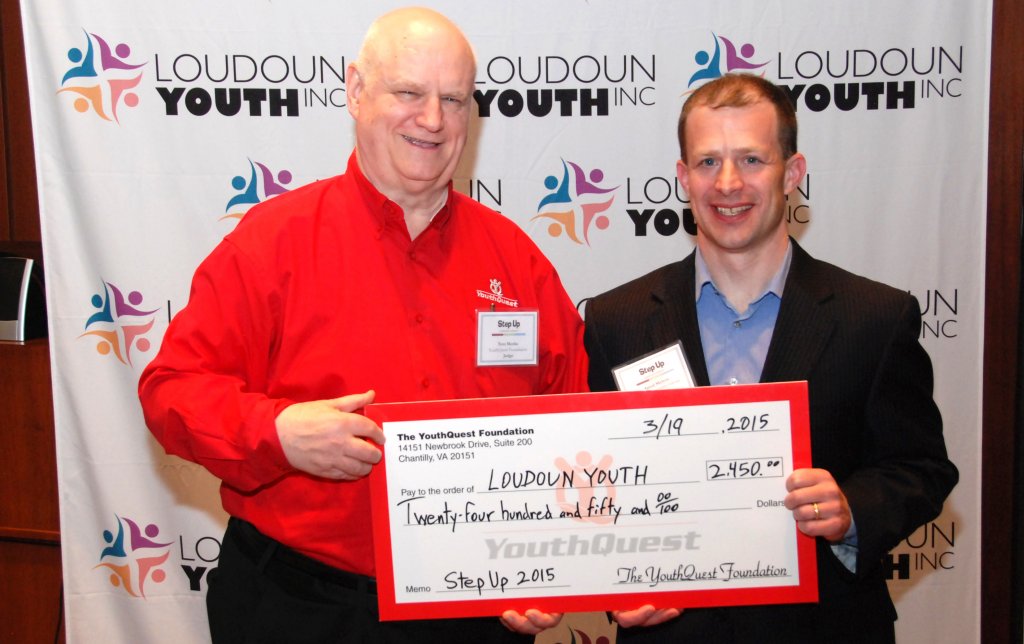
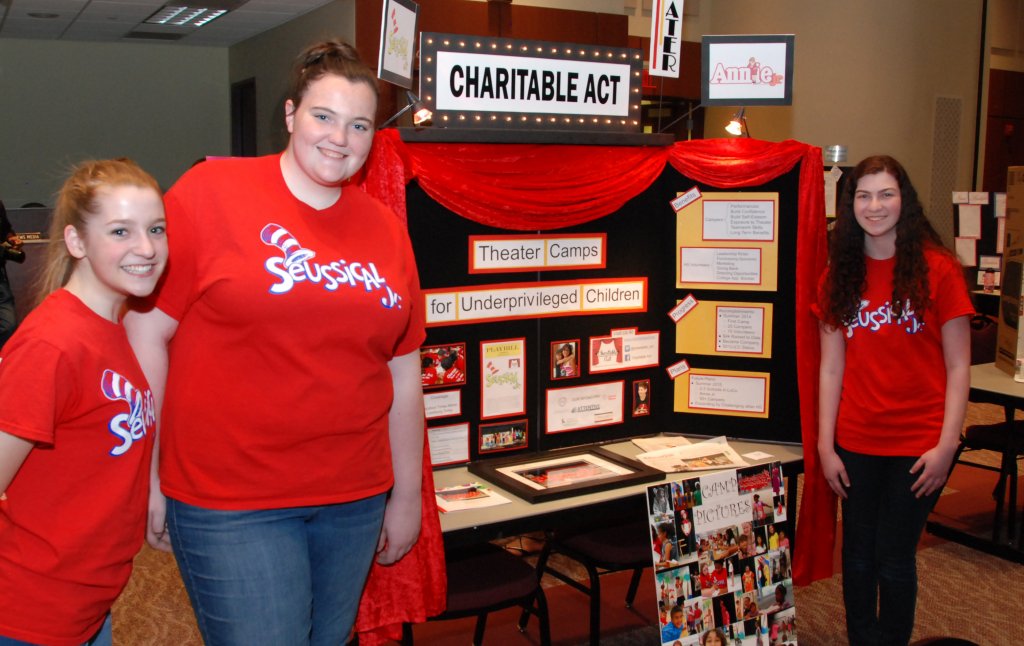
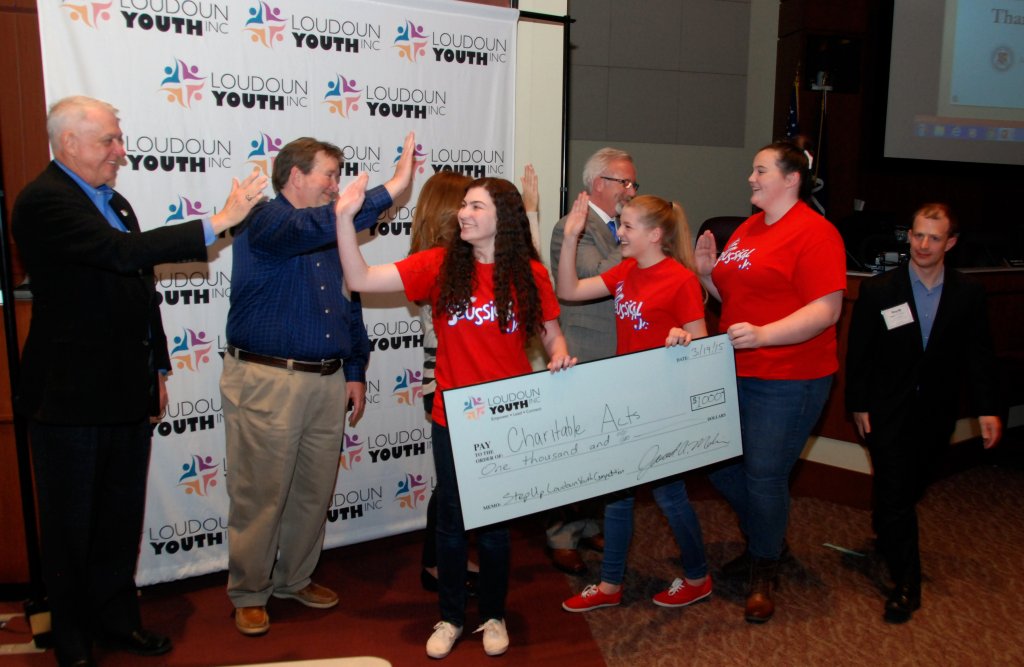
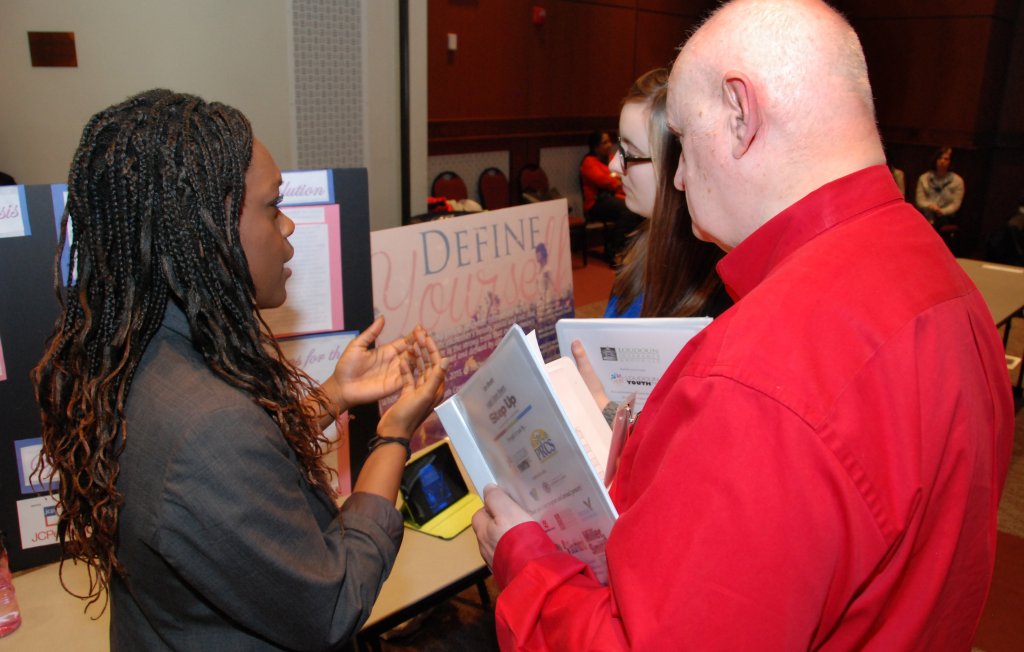
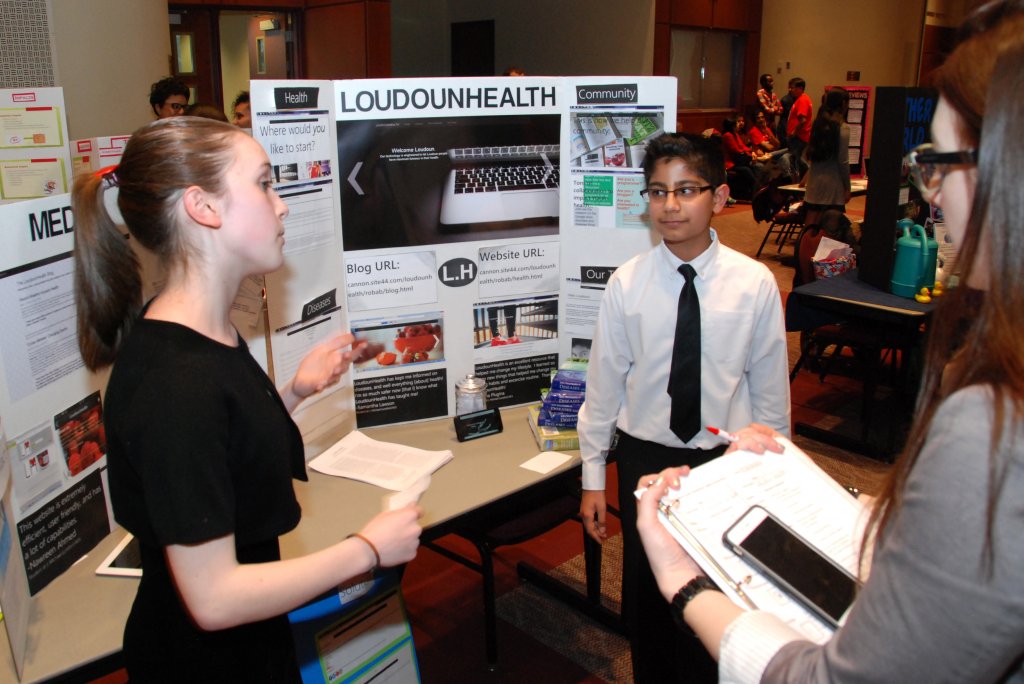
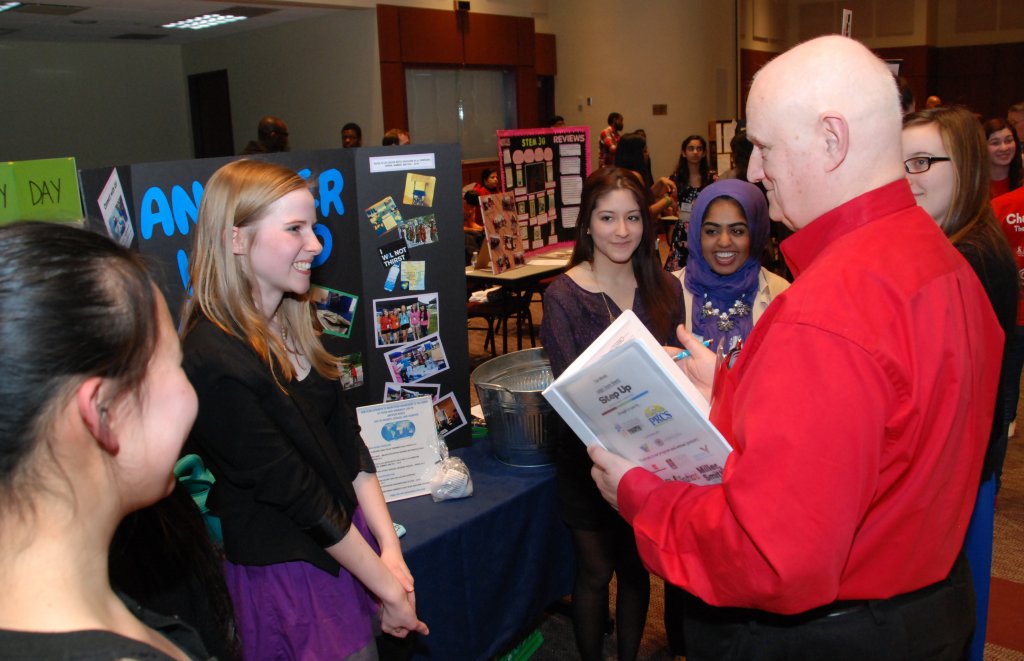
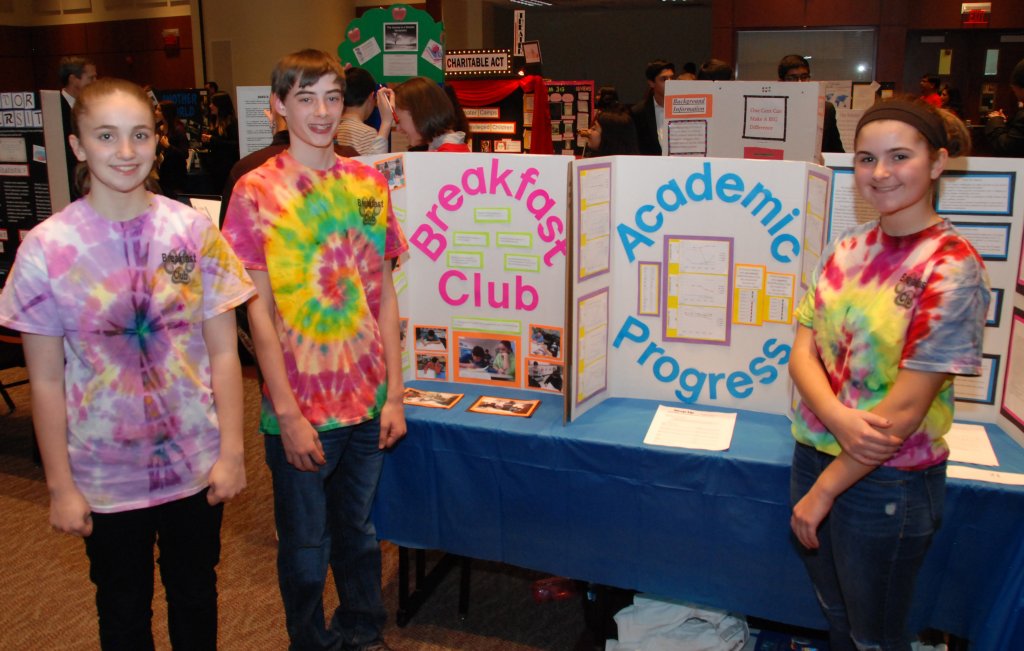
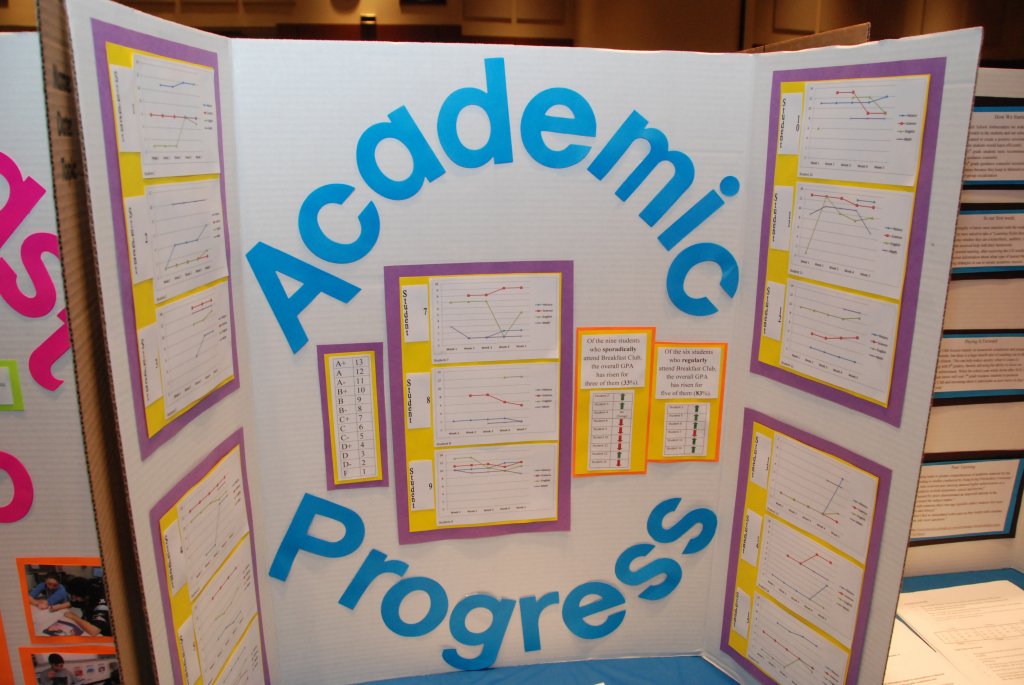
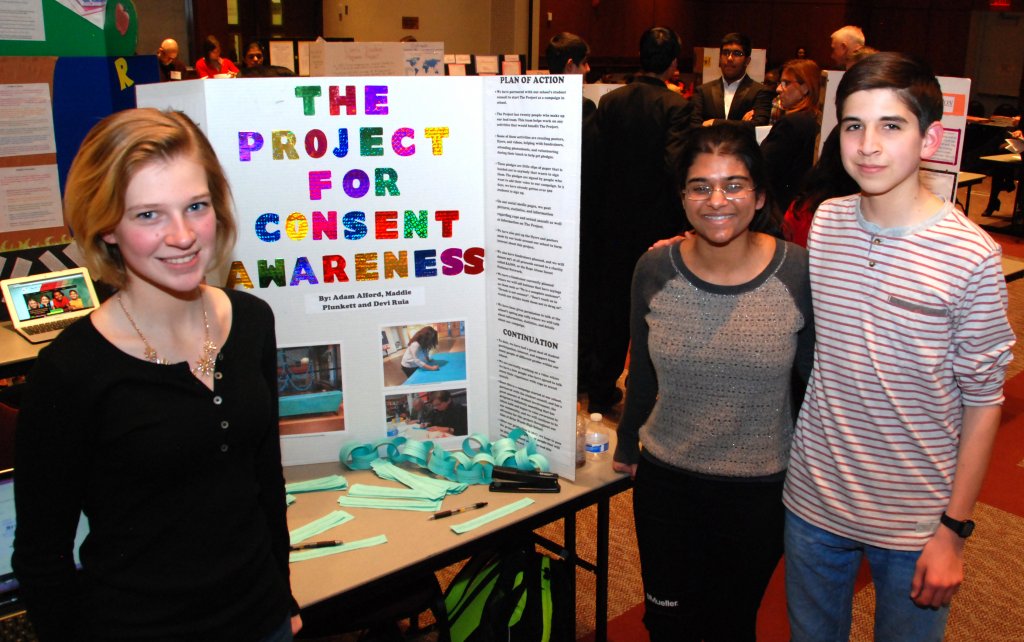

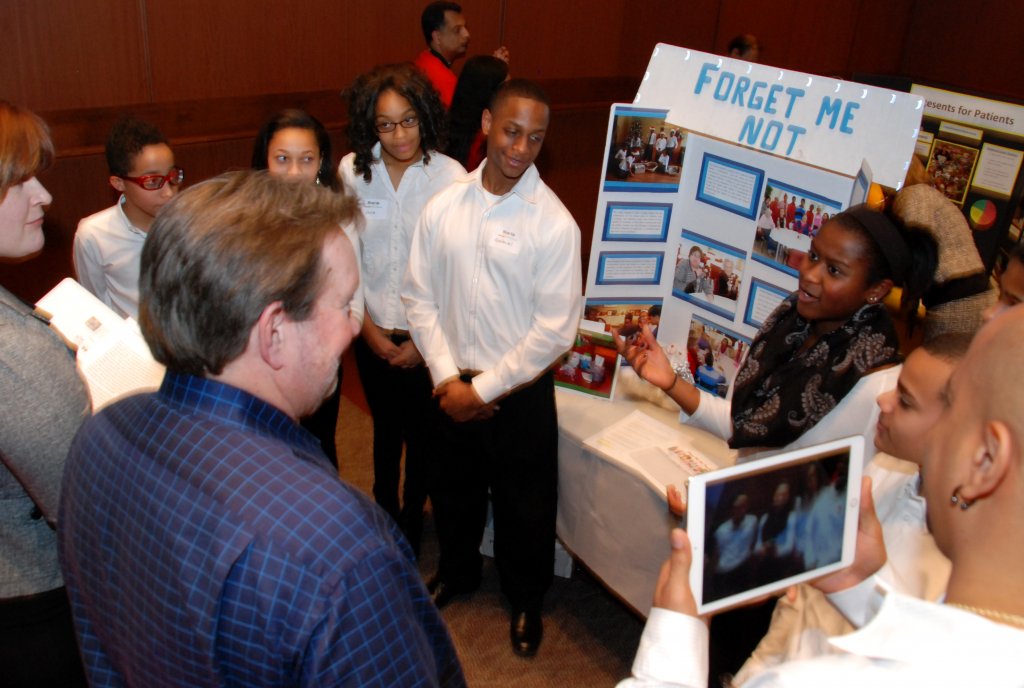
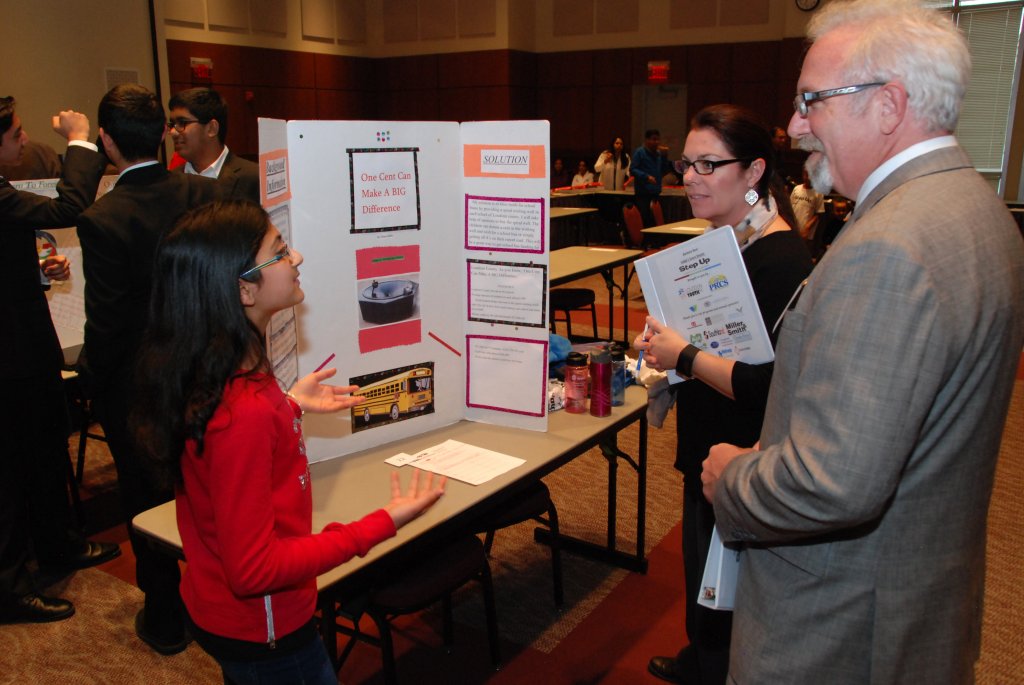
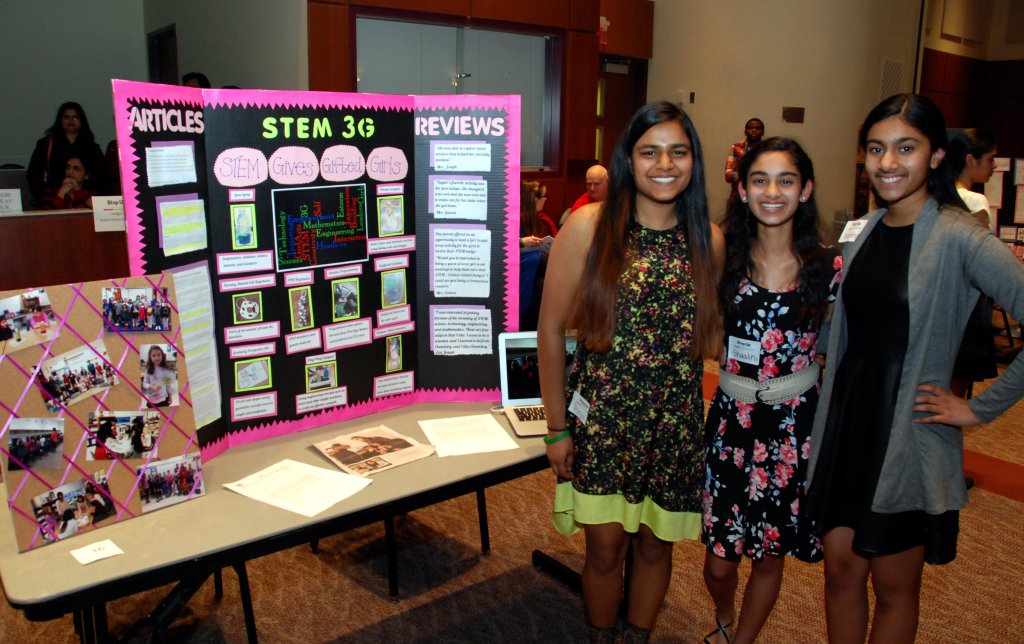
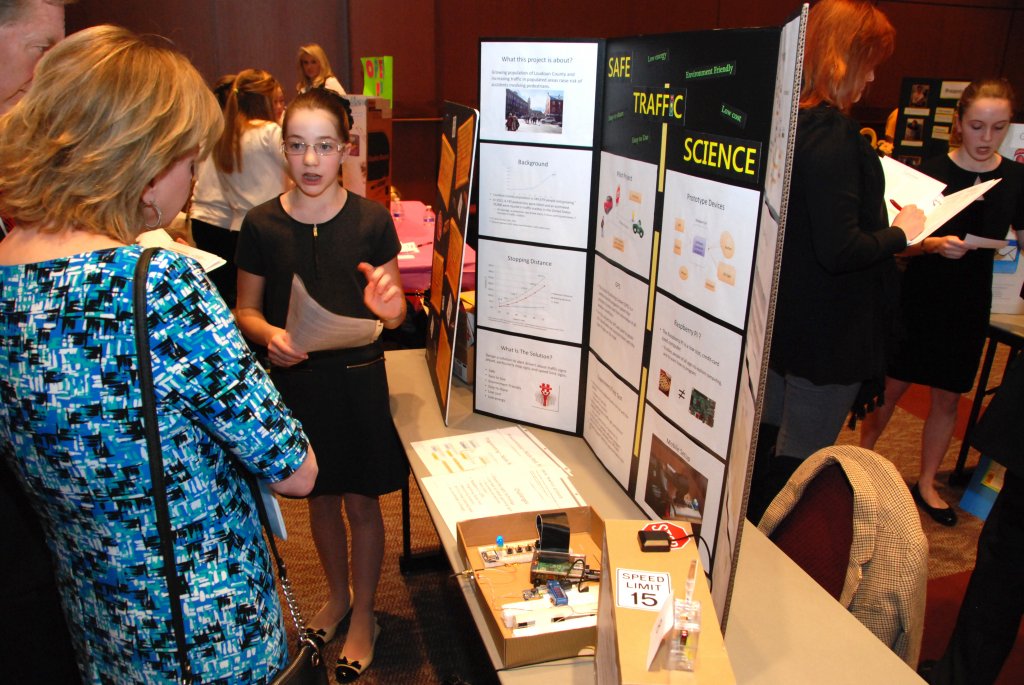
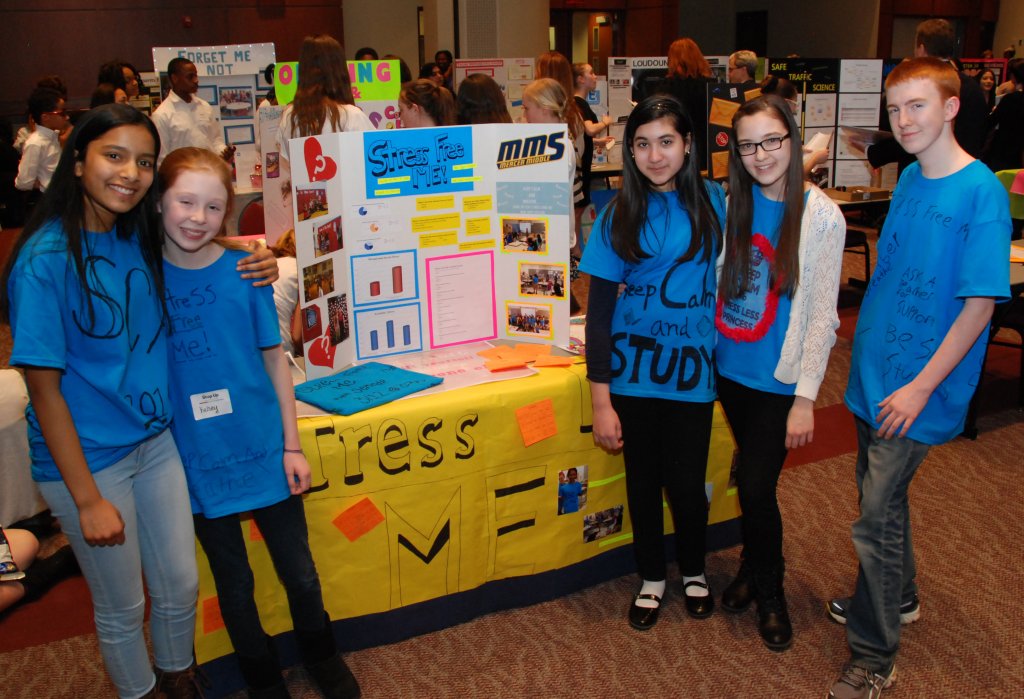

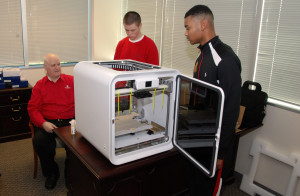
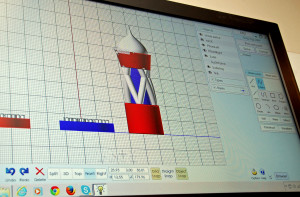
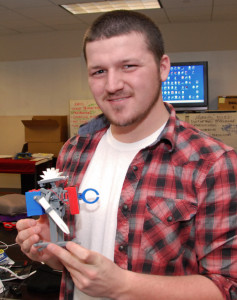 Dylan Foster, who plans to be an artist, took full advantage of the new tools in our Lab. With a three-color printer available for the first time, he designed several red, white and blue creations, including a beautifully detailed chess piece. For his robot project, he made a battery holder that’s simpler and works better than the one our Director of Instruction, Tom Meeks, had devised. Our classes also taught him to stay focused on his goals. “I used to give up a whole lot easier,” he said. The South Carolina Youth ChalleNGe Academy graduate, who had never been so far from home before, said he “met a lot of good people” and gained valuable skills during the week in the 3D ThinkLink Lab. “It’s worth the time you put into it,” Dylan said. “You can learn a lot and do a lot.”
Dylan Foster, who plans to be an artist, took full advantage of the new tools in our Lab. With a three-color printer available for the first time, he designed several red, white and blue creations, including a beautifully detailed chess piece. For his robot project, he made a battery holder that’s simpler and works better than the one our Director of Instruction, Tom Meeks, had devised. Our classes also taught him to stay focused on his goals. “I used to give up a whole lot easier,” he said. The South Carolina Youth ChalleNGe Academy graduate, who had never been so far from home before, said he “met a lot of good people” and gained valuable skills during the week in the 3D ThinkLink Lab. “It’s worth the time you put into it,” Dylan said. “You can learn a lot and do a lot.”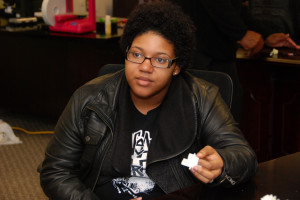 “Frustration was a big problem for me,” Kamie Moody admitted. Our 3D ThinkLink classes became her “outlet” from the daily pressures at Freestate ChalleNGe Academy. “Every Monday, when I had 3D, I was excited,” she recalled. Kamie appreciated the chance to learn about CAD (Computer-Aided Design) software because it will help her pursue a career in architecture. Experimenting with Moment of Inspiration’s new features brought out her creative talent. On a small scale, her designs look like jewelry, but on a large scale, they could be futuristic buildings. “The 3D ThinkLink program basically solidified what I already knew; that designing is something that I really want to do,” she said.
“Frustration was a big problem for me,” Kamie Moody admitted. Our 3D ThinkLink classes became her “outlet” from the daily pressures at Freestate ChalleNGe Academy. “Every Monday, when I had 3D, I was excited,” she recalled. Kamie appreciated the chance to learn about CAD (Computer-Aided Design) software because it will help her pursue a career in architecture. Experimenting with Moment of Inspiration’s new features brought out her creative talent. On a small scale, her designs look like jewelry, but on a large scale, they could be futuristic buildings. “The 3D ThinkLink program basically solidified what I already knew; that designing is something that I really want to do,” she said.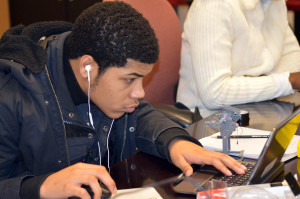
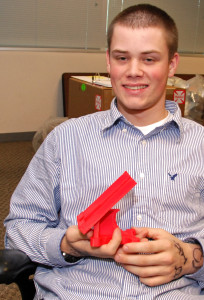 Our training might turn out to be a life-changing experience for Caleb Dujmovic. He was one of the top students in his 3D ThinkLink class at Freestate ChalleNGe Academy, where he said he enjoyed learning to make things for his family and friends. His favorite lab project was making a cellphone stand because it incorporated everything he’d learned during the week about Moment of Inspiration’s new features. Caleb applies the problem-solving skills we’ve taught him to his current job in the construction business, but he’s set his sights on a bio-engineering career. It’s something he’d never considered until he visited the
Our training might turn out to be a life-changing experience for Caleb Dujmovic. He was one of the top students in his 3D ThinkLink class at Freestate ChalleNGe Academy, where he said he enjoyed learning to make things for his family and friends. His favorite lab project was making a cellphone stand because it incorporated everything he’d learned during the week about Moment of Inspiration’s new features. Caleb applies the problem-solving skills we’ve taught him to his current job in the construction business, but he’s set his sights on a bio-engineering career. It’s something he’d never considered until he visited the 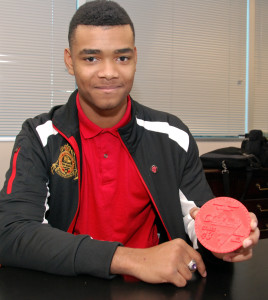 Nicknamed “Highspeed” by the staff at Capital Guardian ChalleNGe Academy because he was often ahead of his classmates, Christopher Coleman was first exposed to 3D design software in 8th grade. Later, he “really got hooked on 3D” in the Hirshhorn Museum’s ARTLAB+ program. Our 3D ThinkLink classes taught him how to use new design tools and printers he’d never tried before. The self-described “loner” says he also learned to ask for help and work with others. “This program particularly helped me with a lot of my faults – things that I’ve got to improve,” Christopher said. “I learned to be more humble … There’s people that know stuff that I don’t know, and they don’t know things that I know.”
Nicknamed “Highspeed” by the staff at Capital Guardian ChalleNGe Academy because he was often ahead of his classmates, Christopher Coleman was first exposed to 3D design software in 8th grade. Later, he “really got hooked on 3D” in the Hirshhorn Museum’s ARTLAB+ program. Our 3D ThinkLink classes taught him how to use new design tools and printers he’d never tried before. The self-described “loner” says he also learned to ask for help and work with others. “This program particularly helped me with a lot of my faults – things that I’ve got to improve,” Christopher said. “I learned to be more humble … There’s people that know stuff that I don’t know, and they don’t know things that I know.”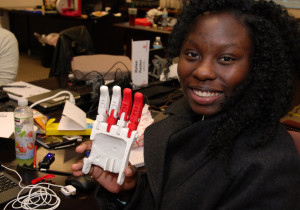 At first, Sherquana Adams didn’t want to sign up for our class at South Carolina Youth ChalleNGe Academy because she thought 3D printing was “for geeks.” But the more she learned about the many ways this technology is being used, the more interested she became. Sherquana, who aspires to be a surgical technician, was amazed by the medical applications for 3D printing. She thought it was “really cool” to put together 3D-printed pieces to make a kid-size prosthetic hand during Lab Week. “I now have a way to express myself,” she said. In just a few months, her opinion of 3D printing has shifted 180 degrees: “This is not for geeks, this is for anybody!”
At first, Sherquana Adams didn’t want to sign up for our class at South Carolina Youth ChalleNGe Academy because she thought 3D printing was “for geeks.” But the more she learned about the many ways this technology is being used, the more interested she became. Sherquana, who aspires to be a surgical technician, was amazed by the medical applications for 3D printing. She thought it was “really cool” to put together 3D-printed pieces to make a kid-size prosthetic hand during Lab Week. “I now have a way to express myself,” she said. In just a few months, her opinion of 3D printing has shifted 180 degrees: “This is not for geeks, this is for anybody!”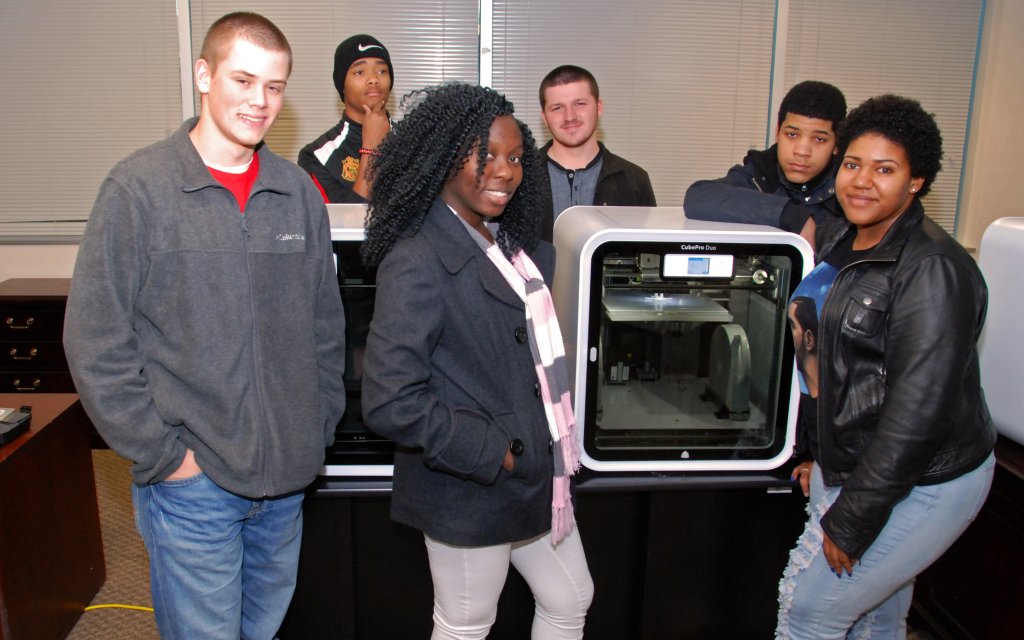
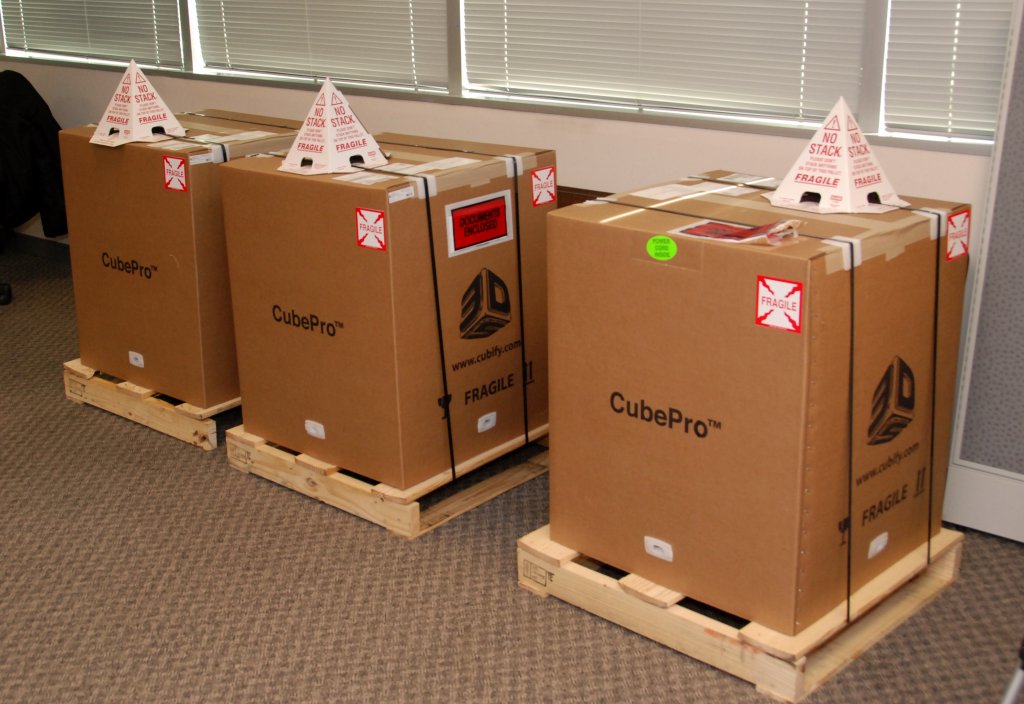
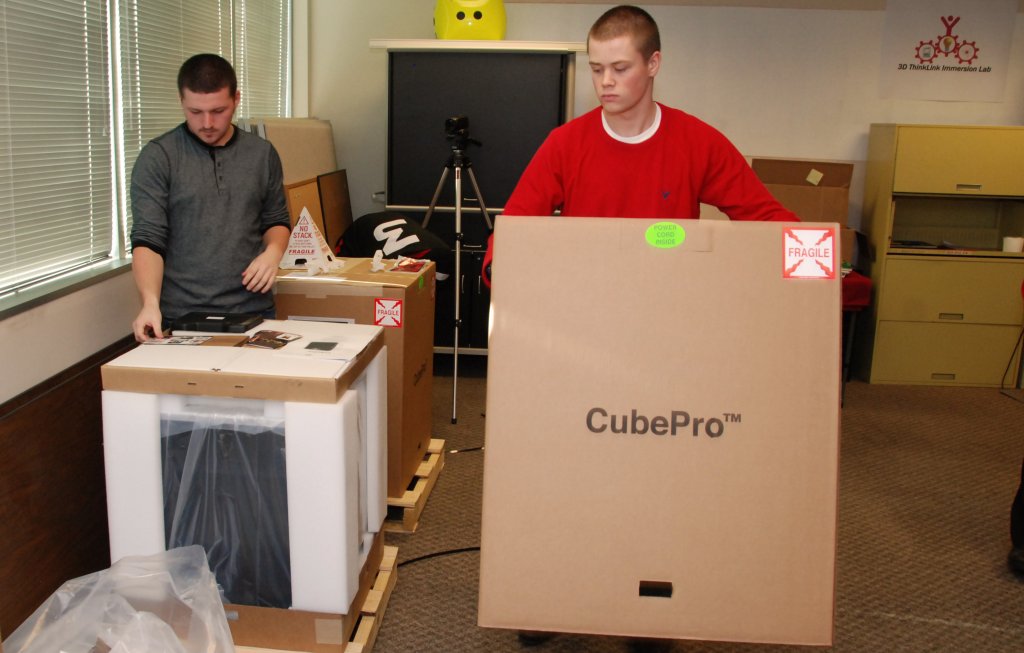
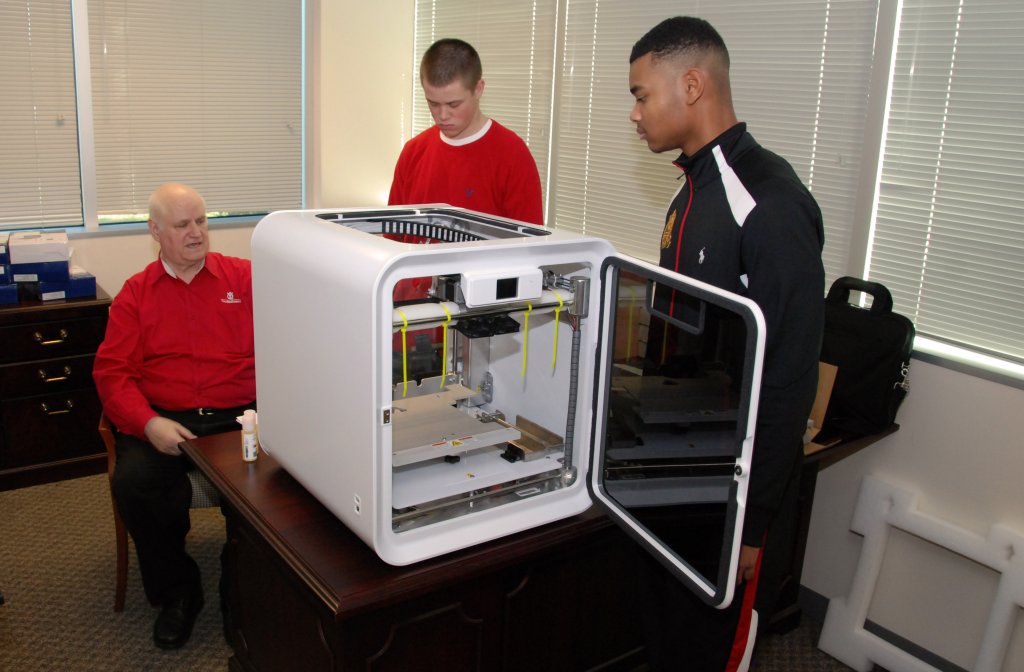
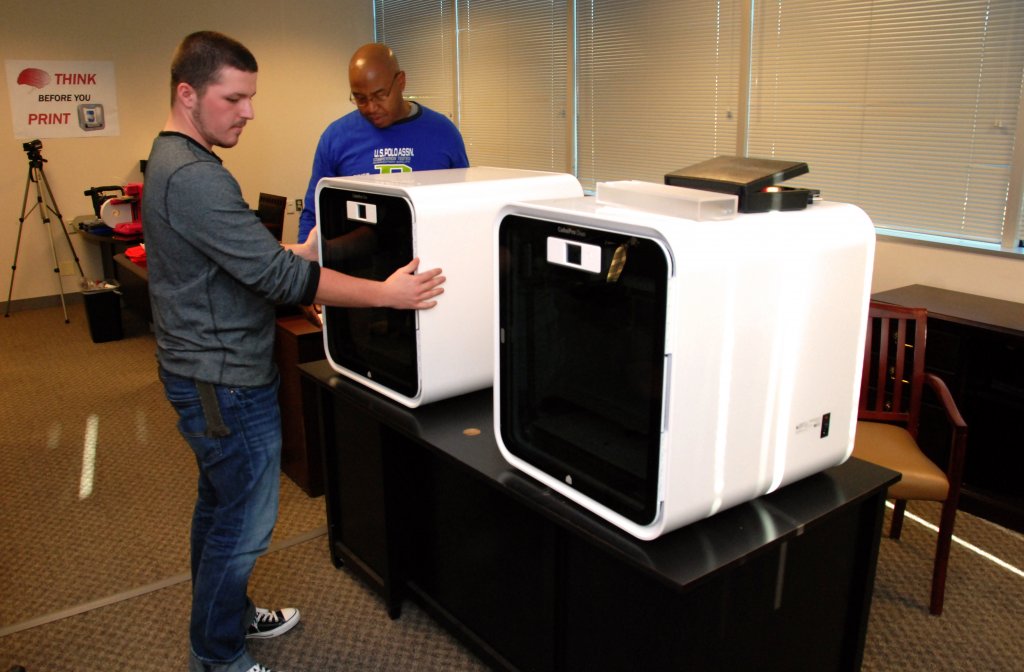
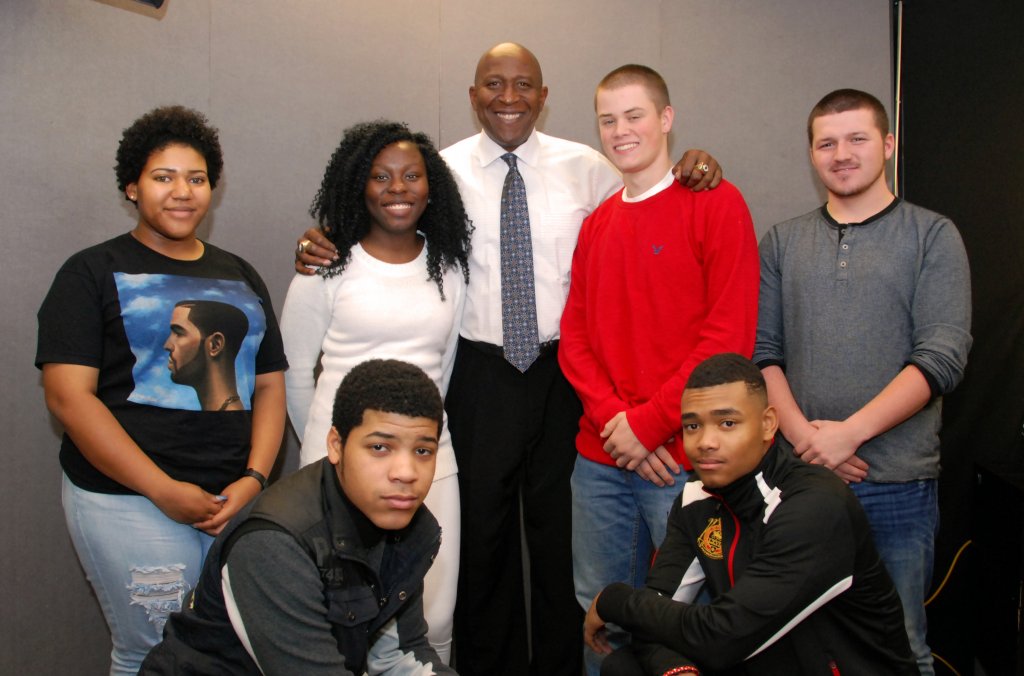
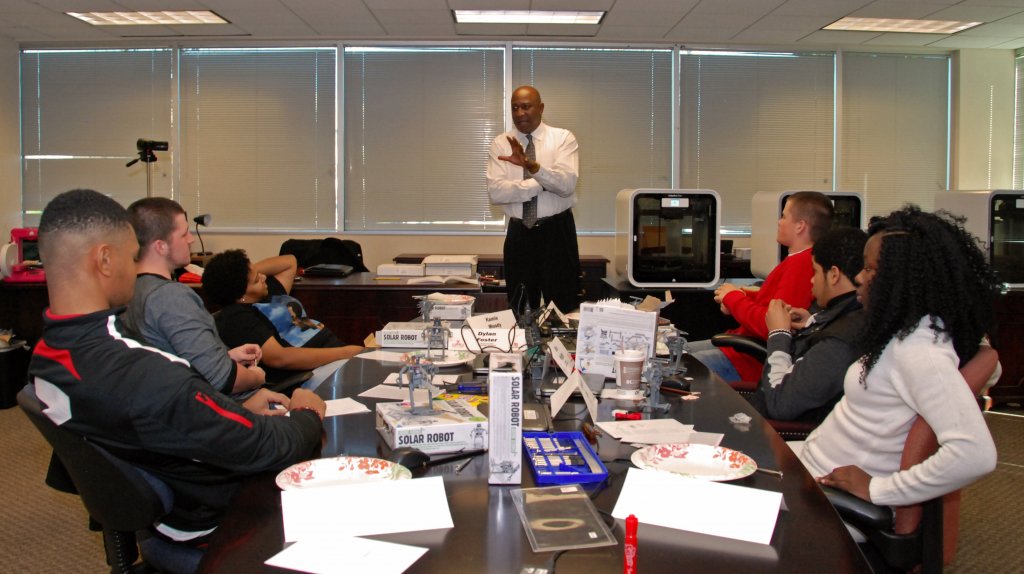
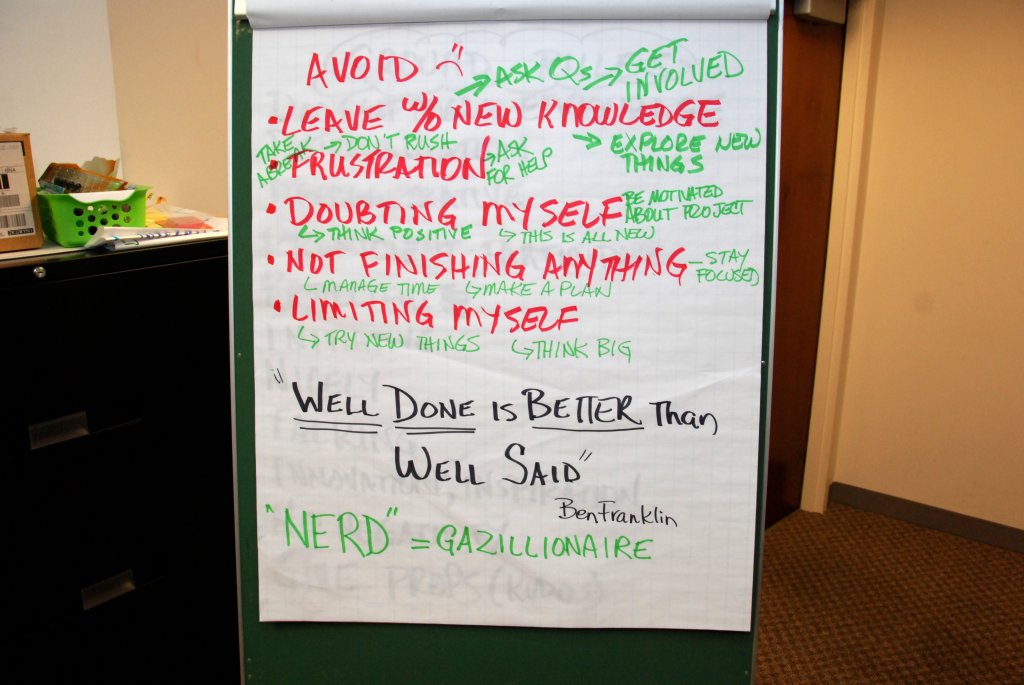
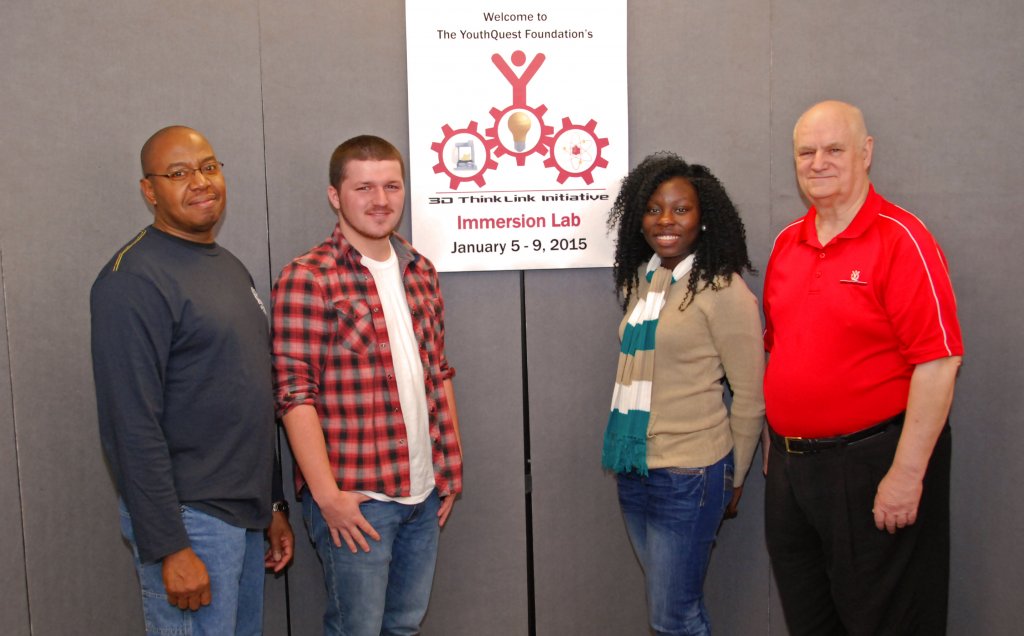
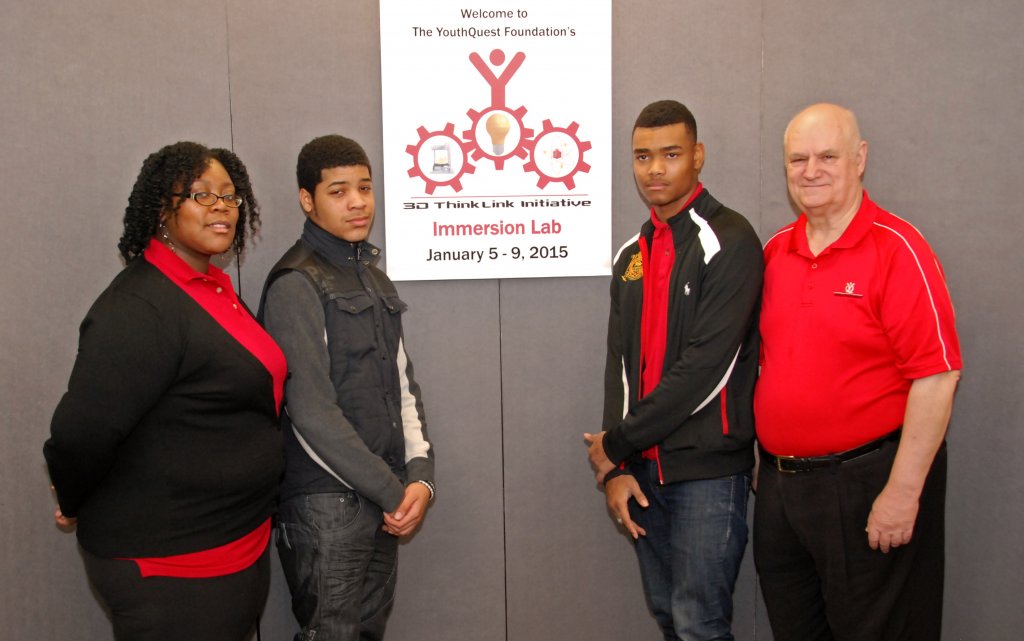
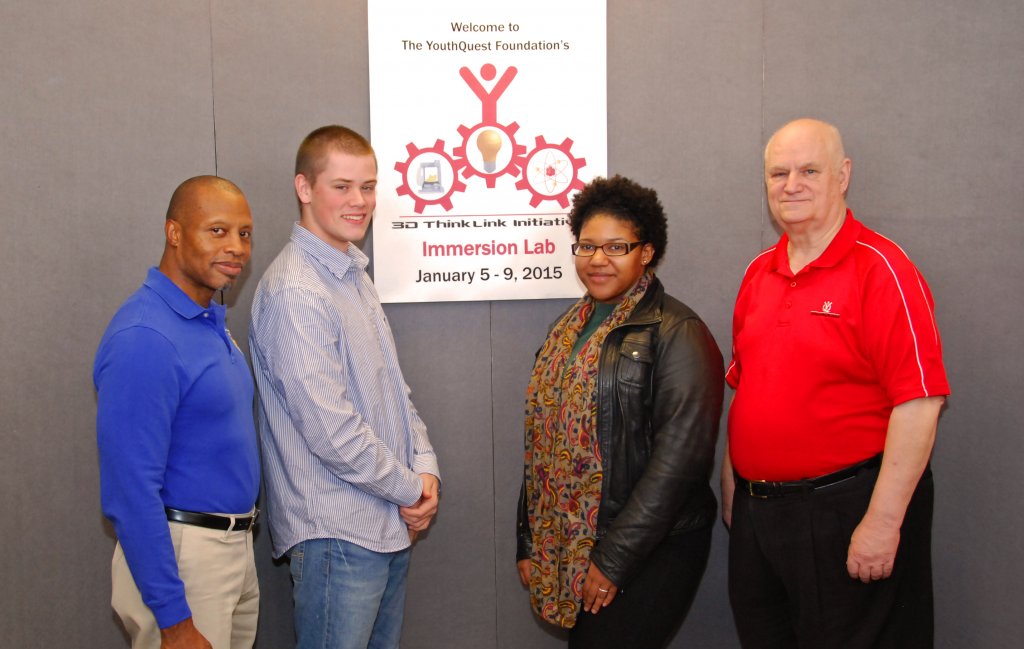
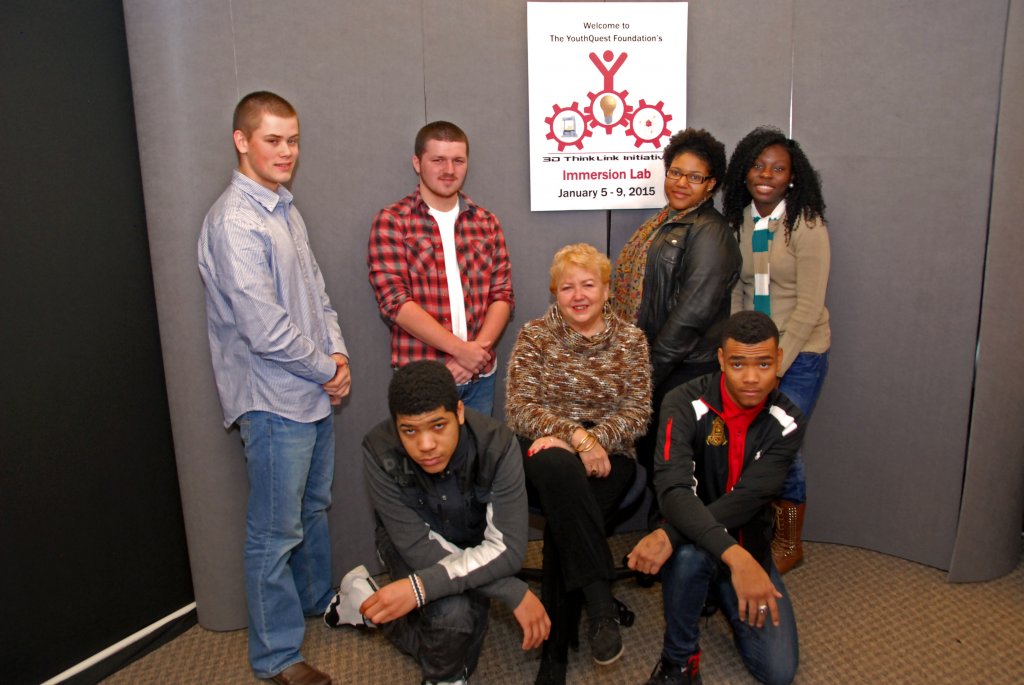
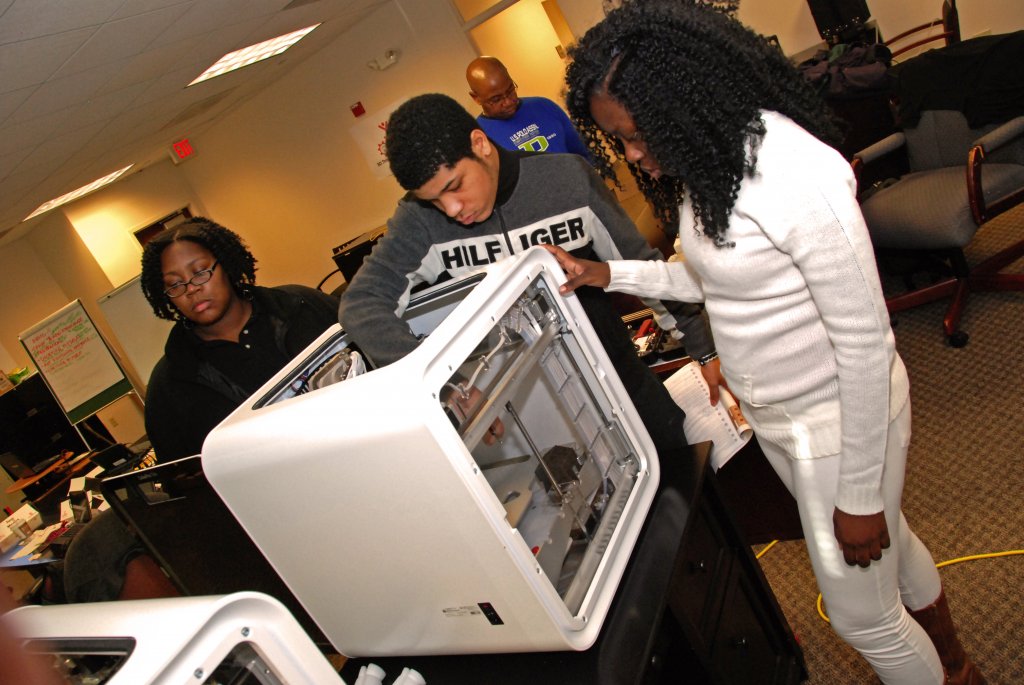
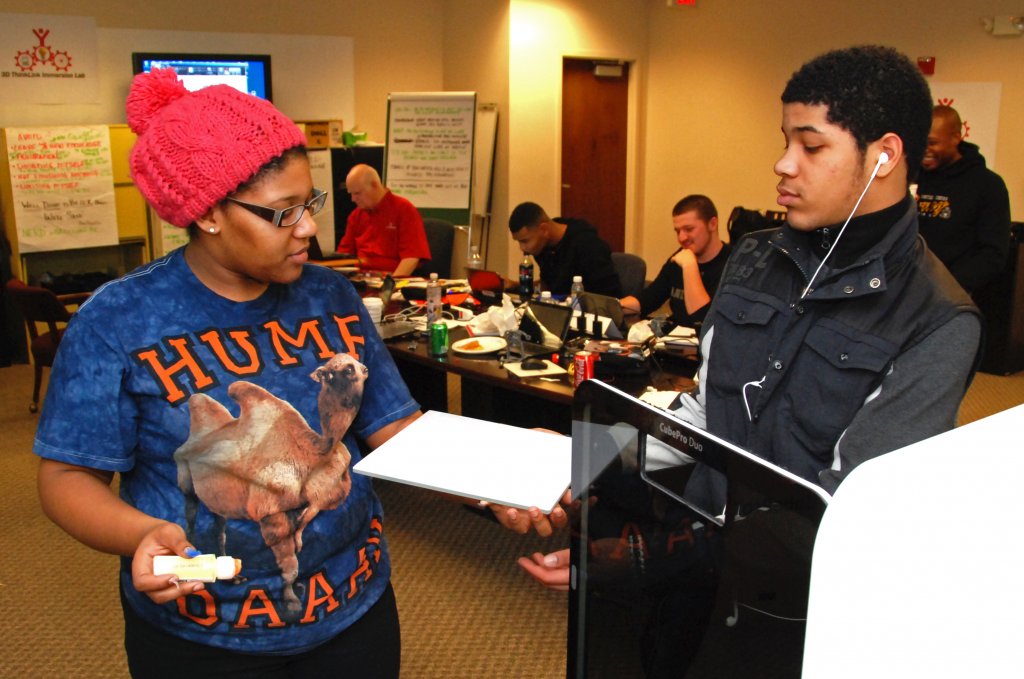
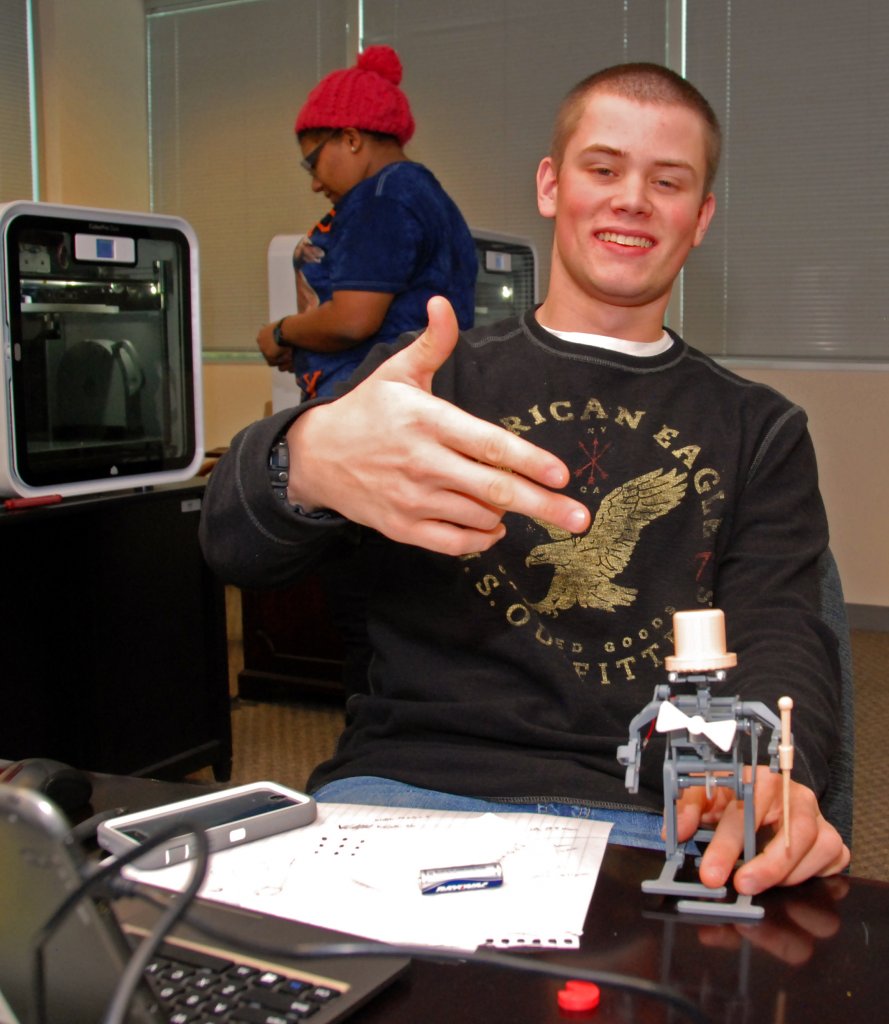
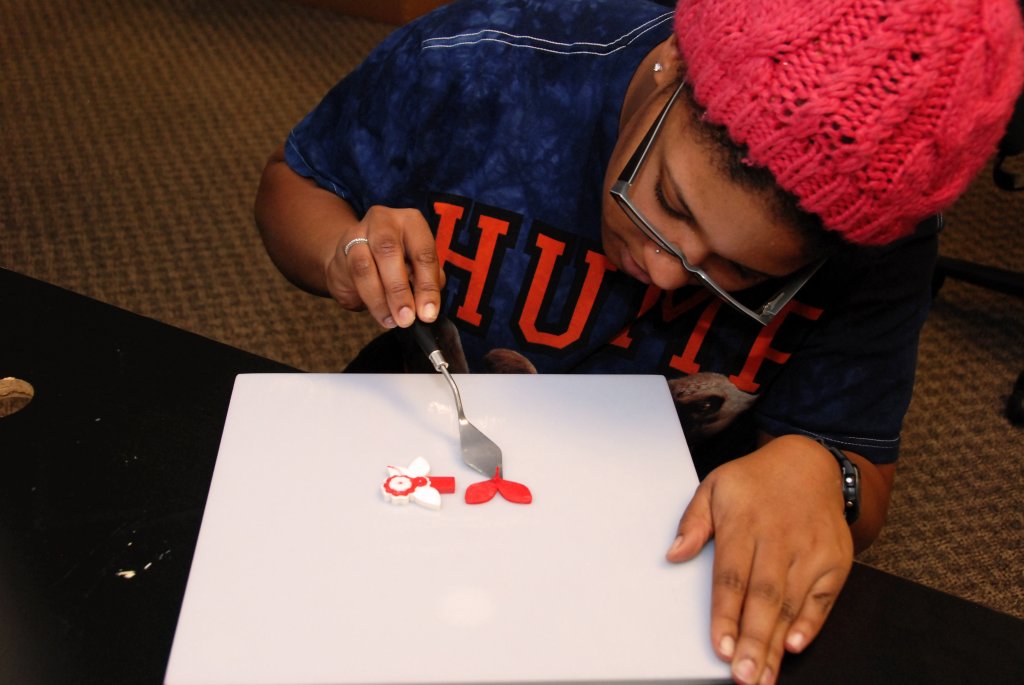
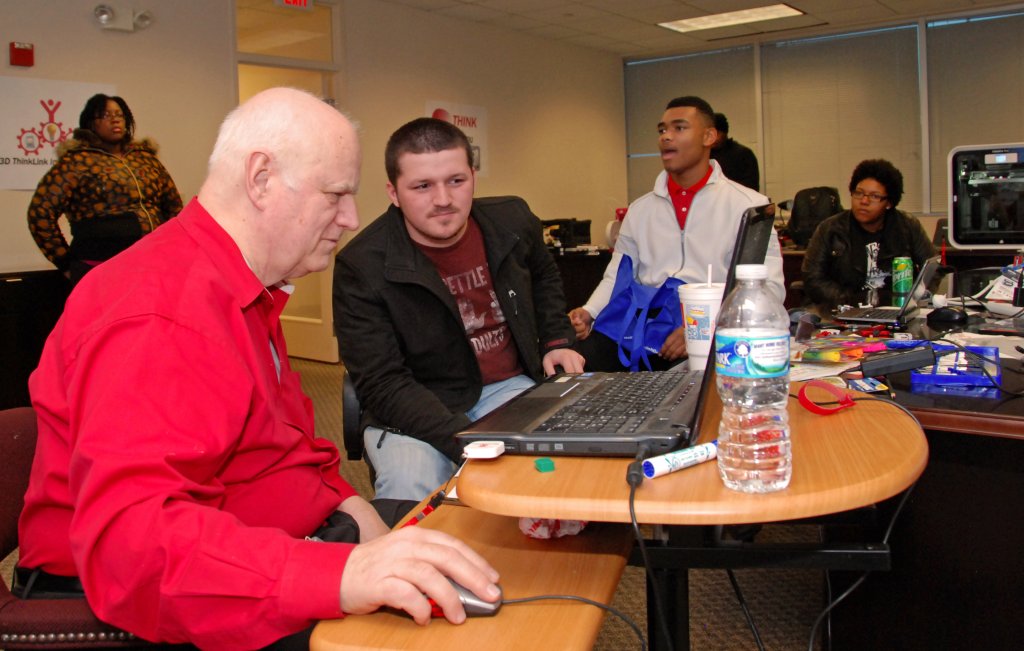
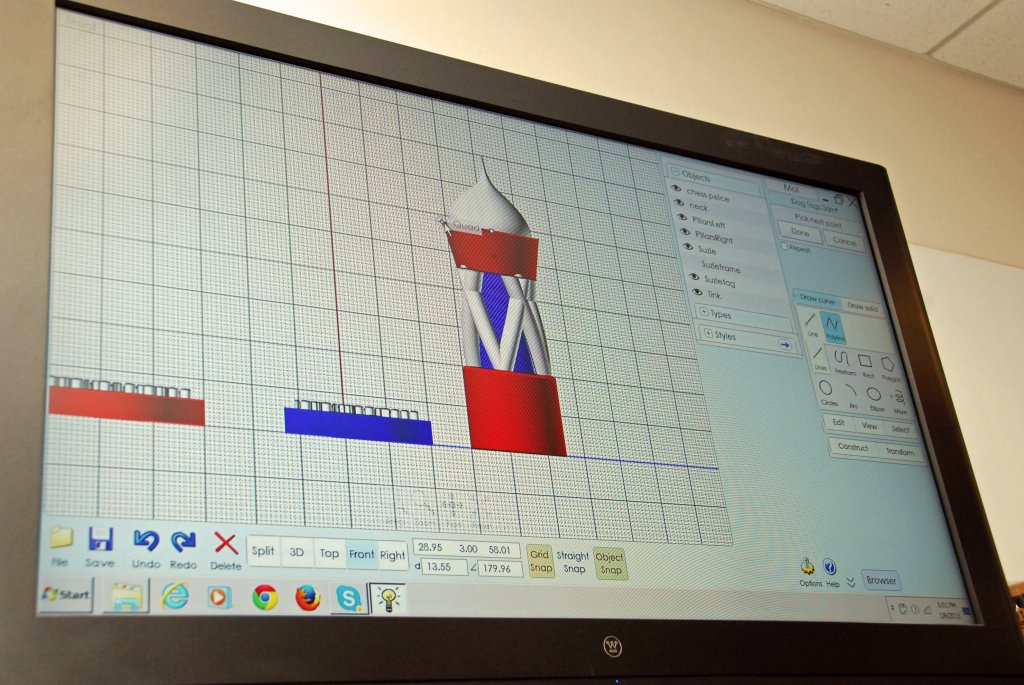
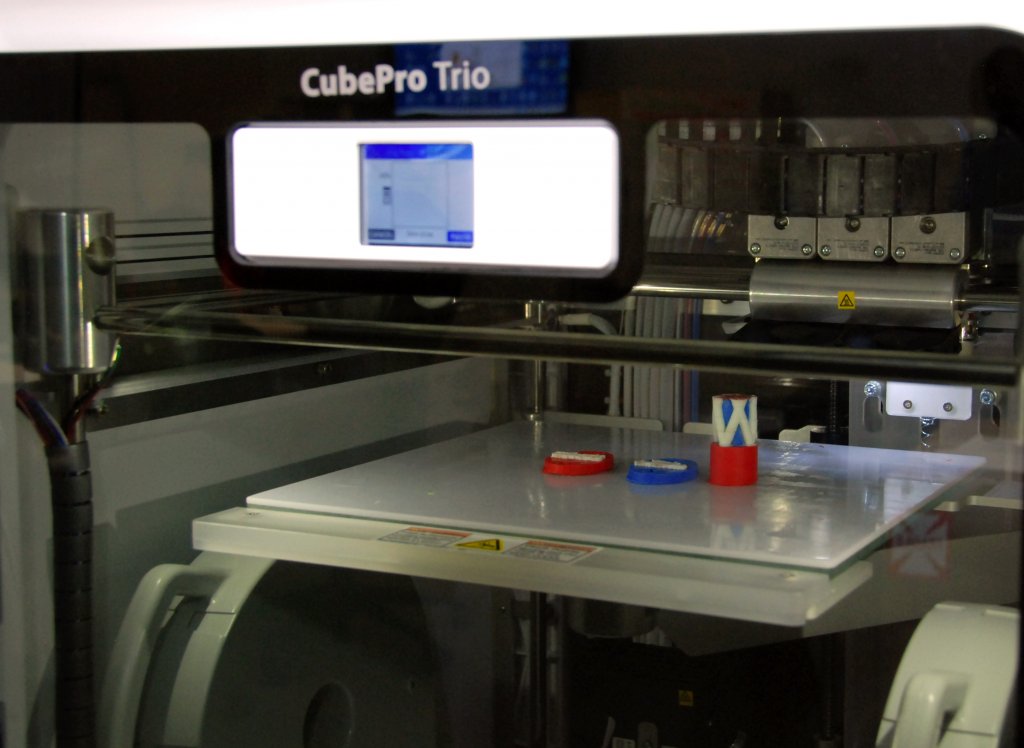
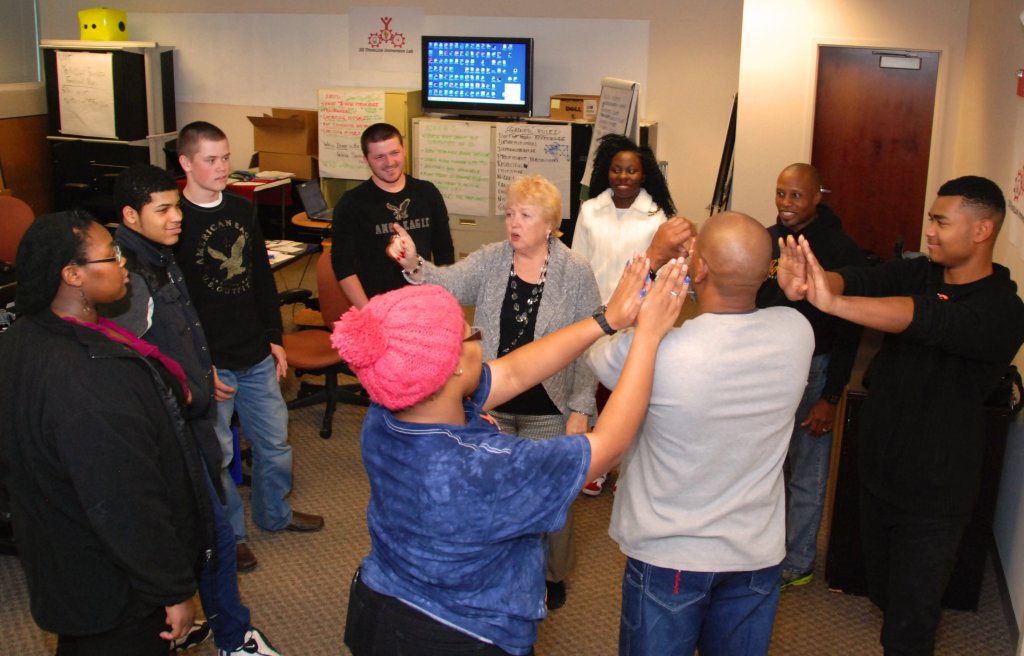
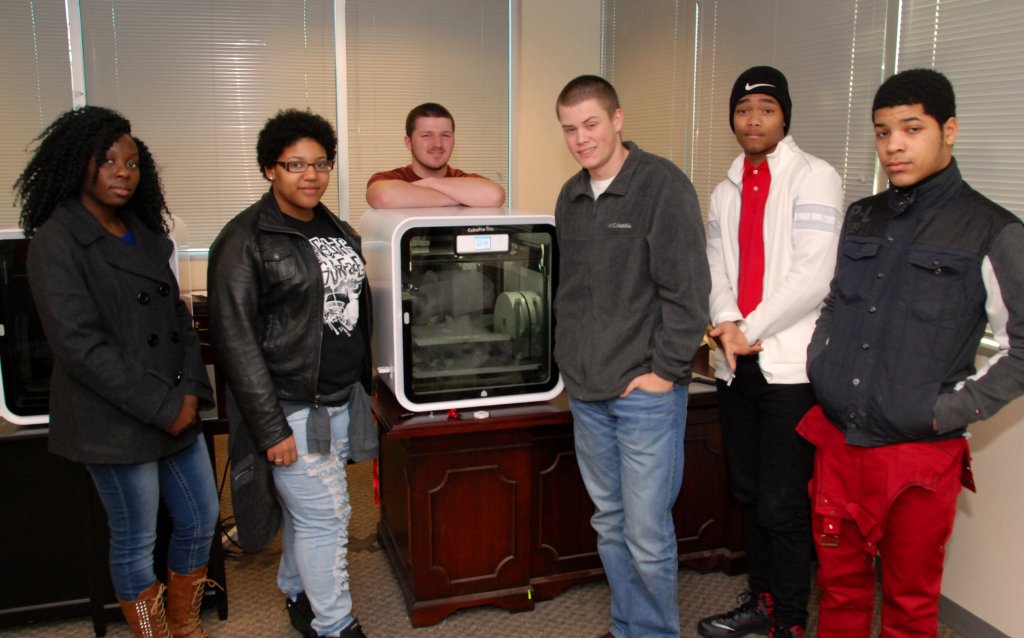
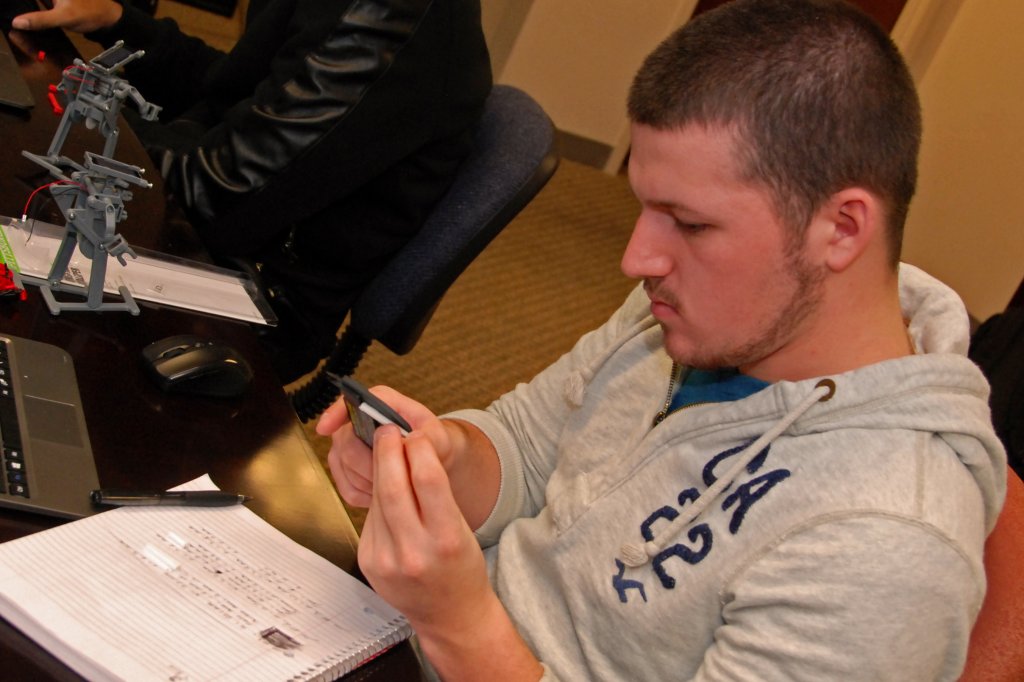
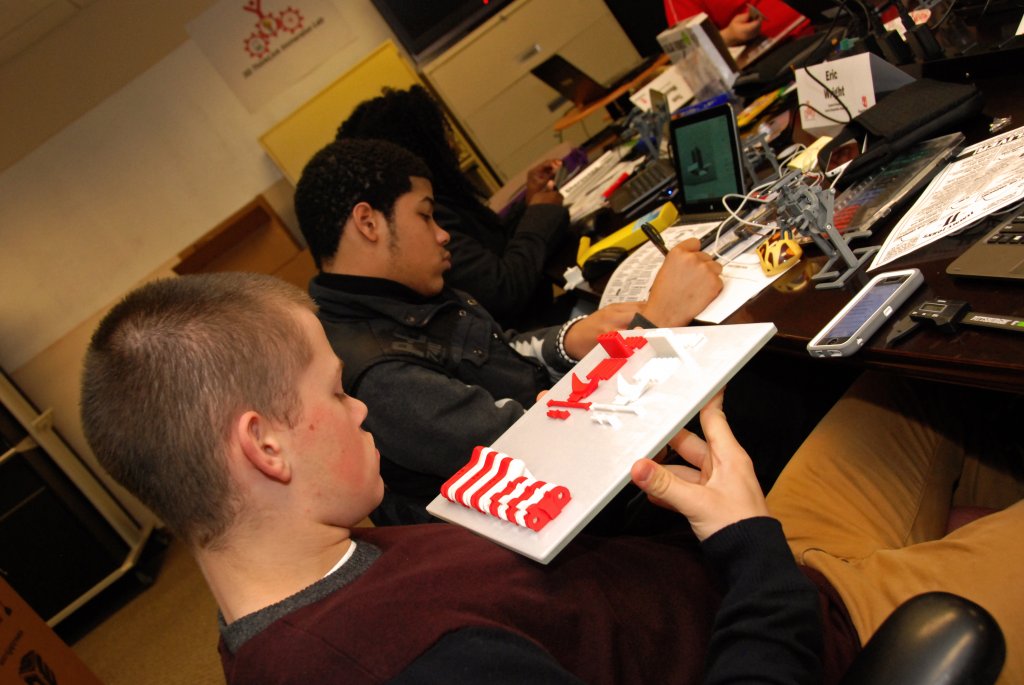
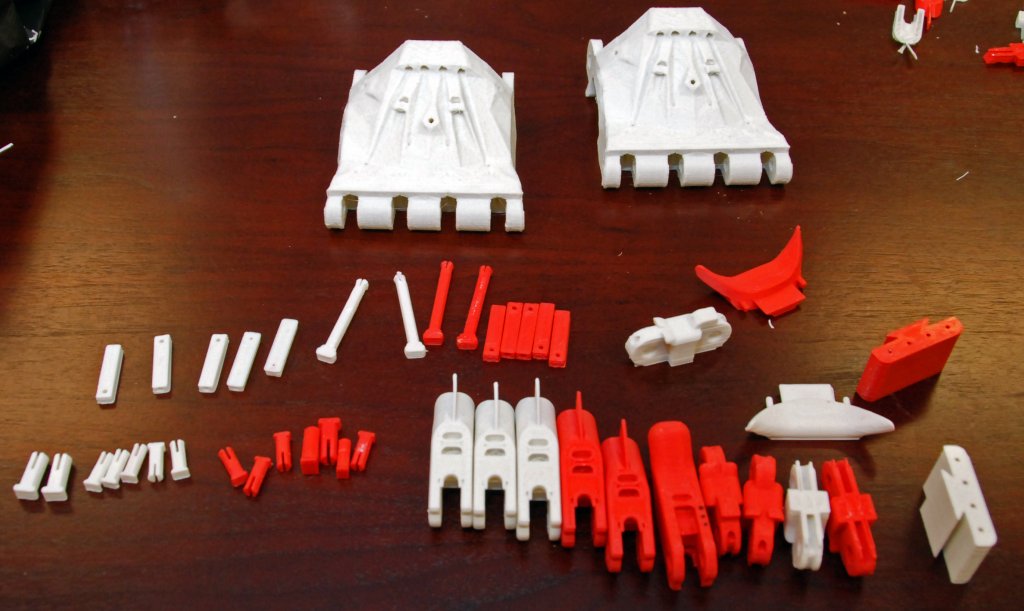
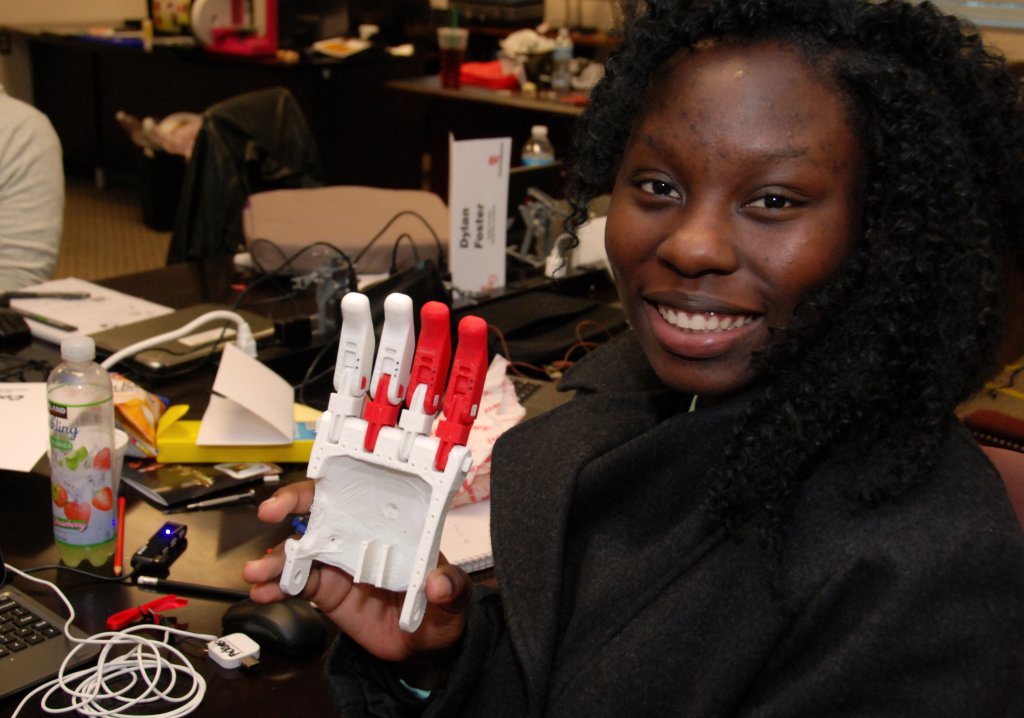
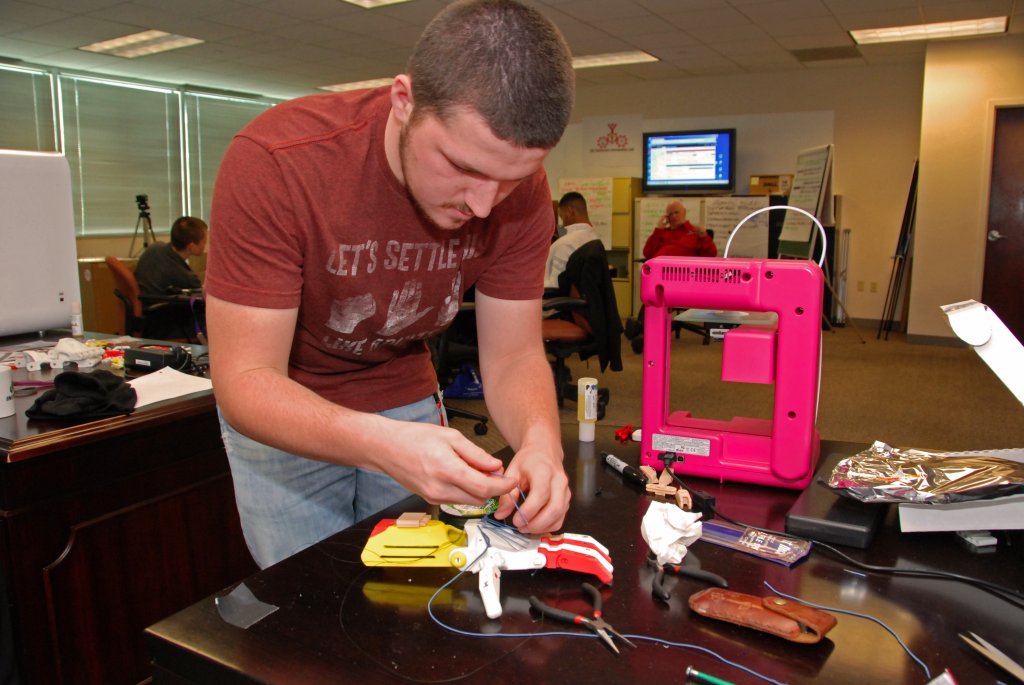
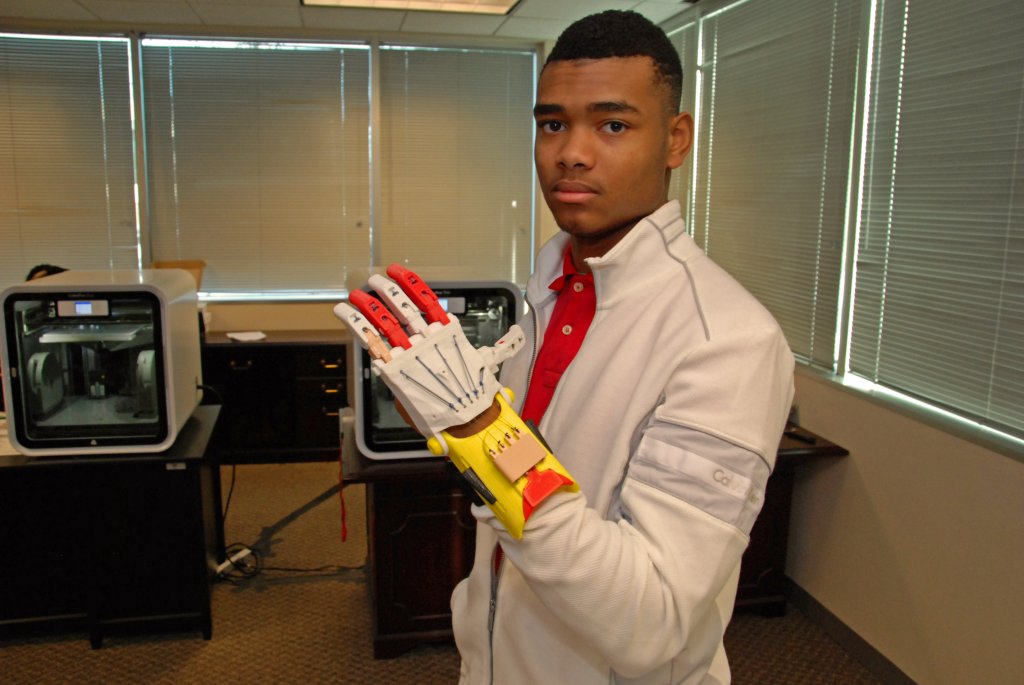
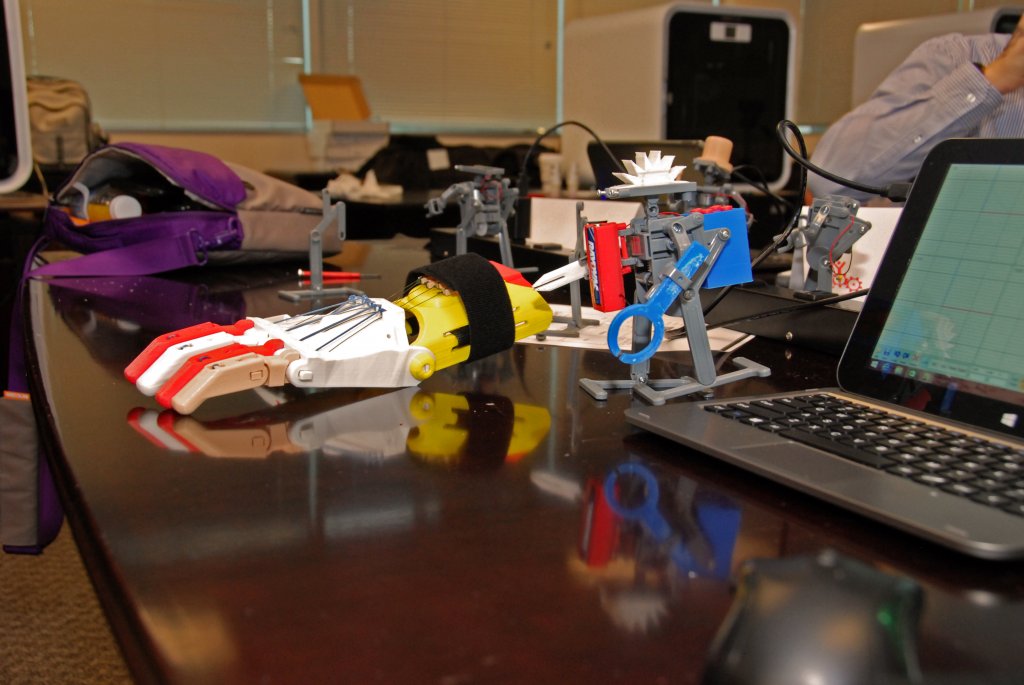
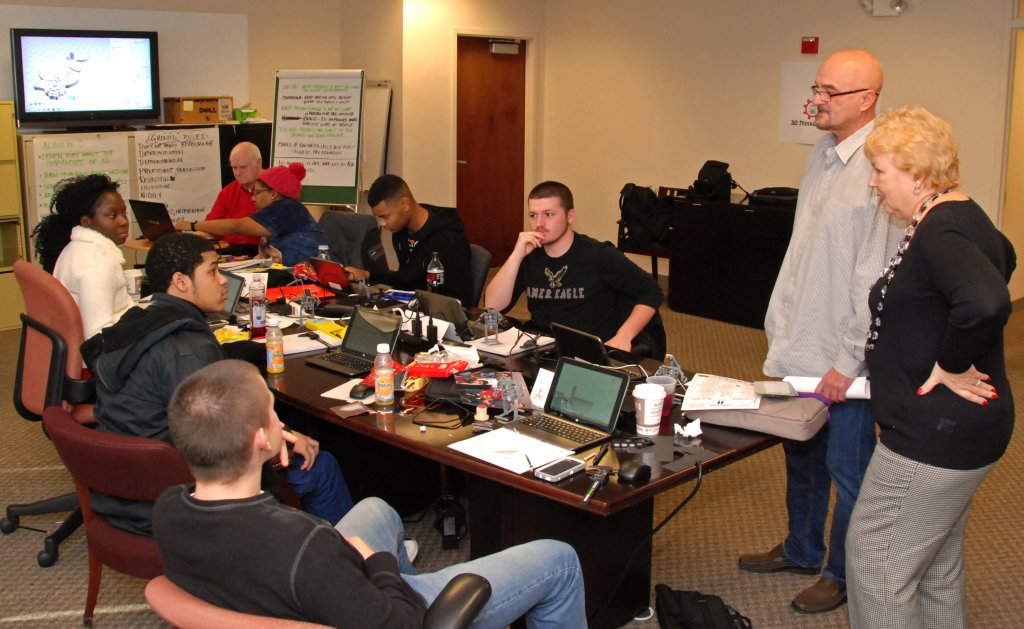
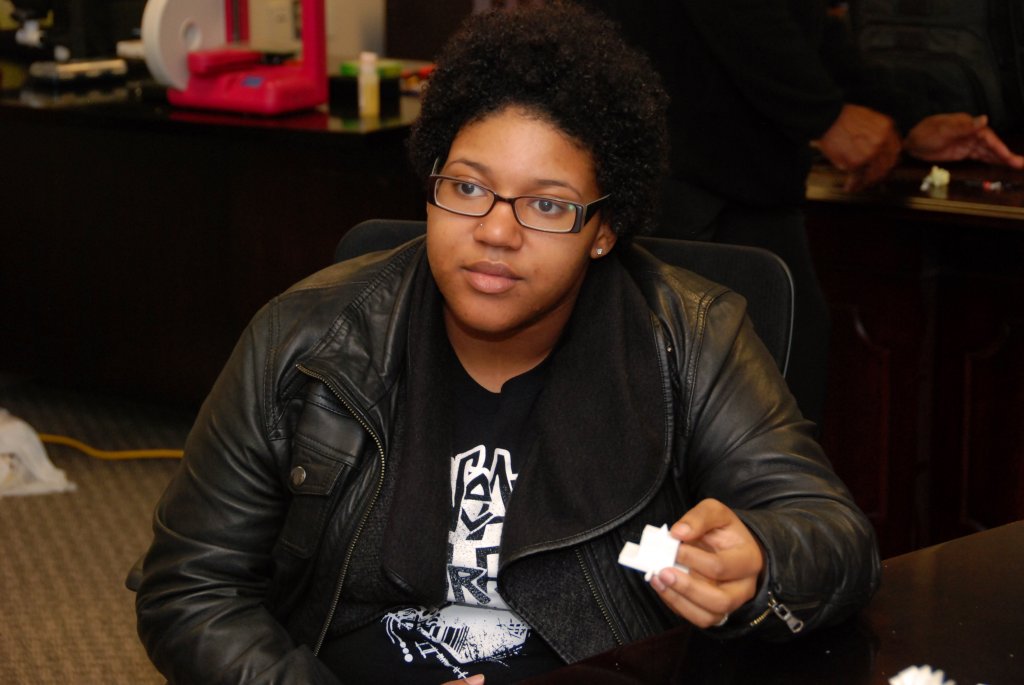
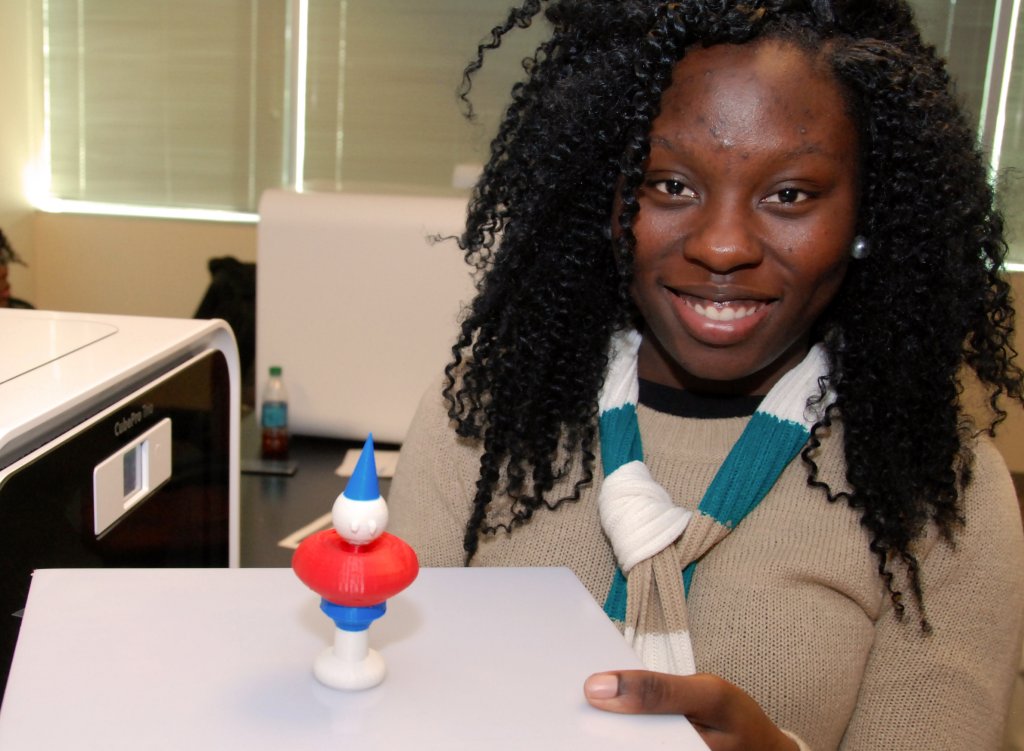
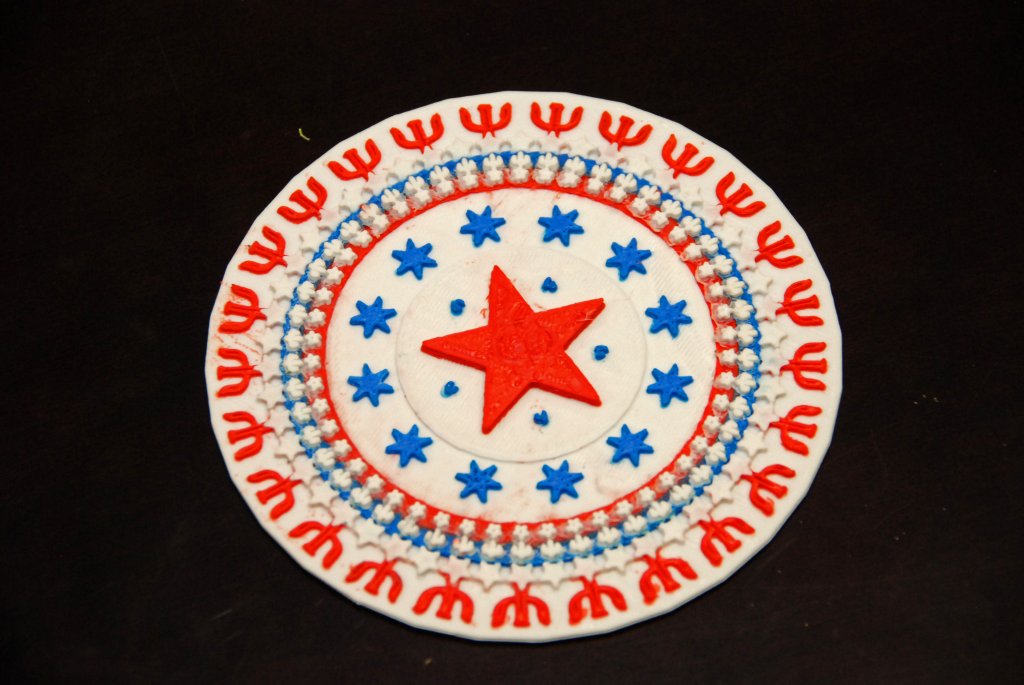
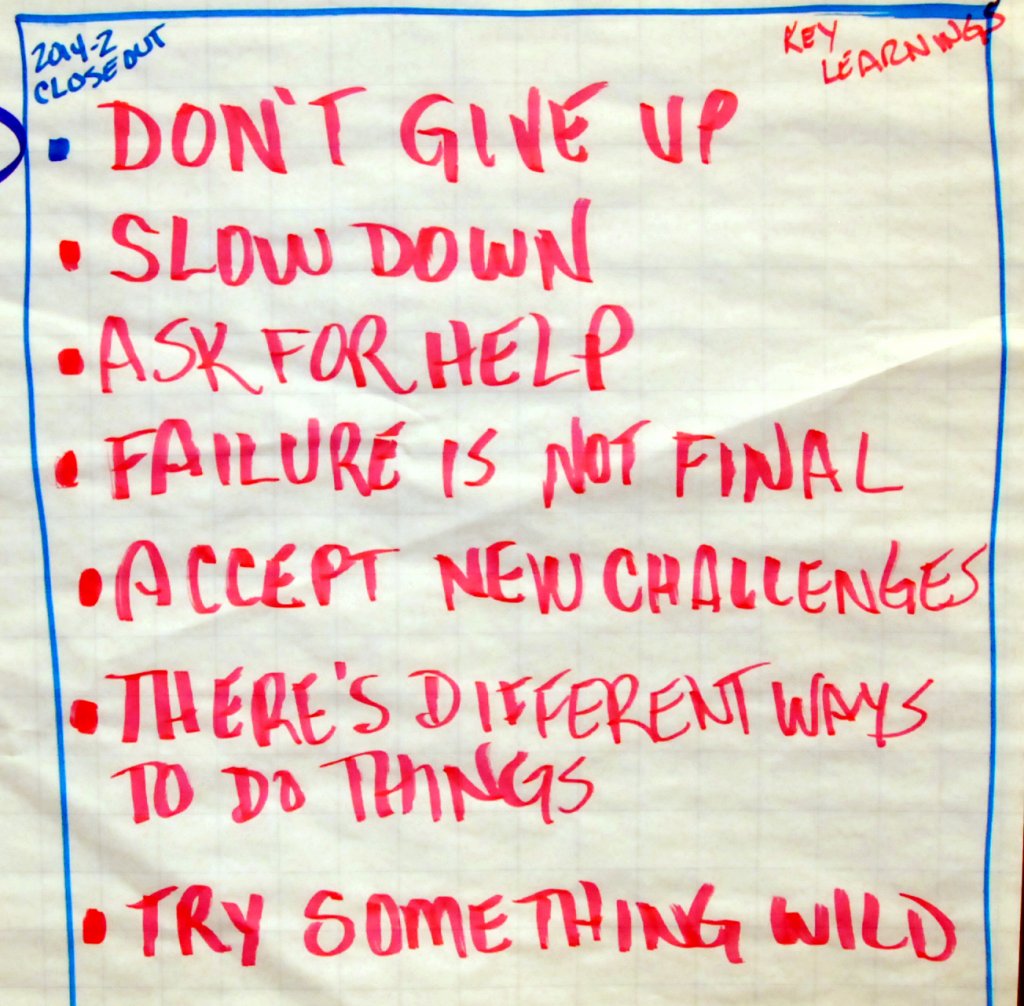
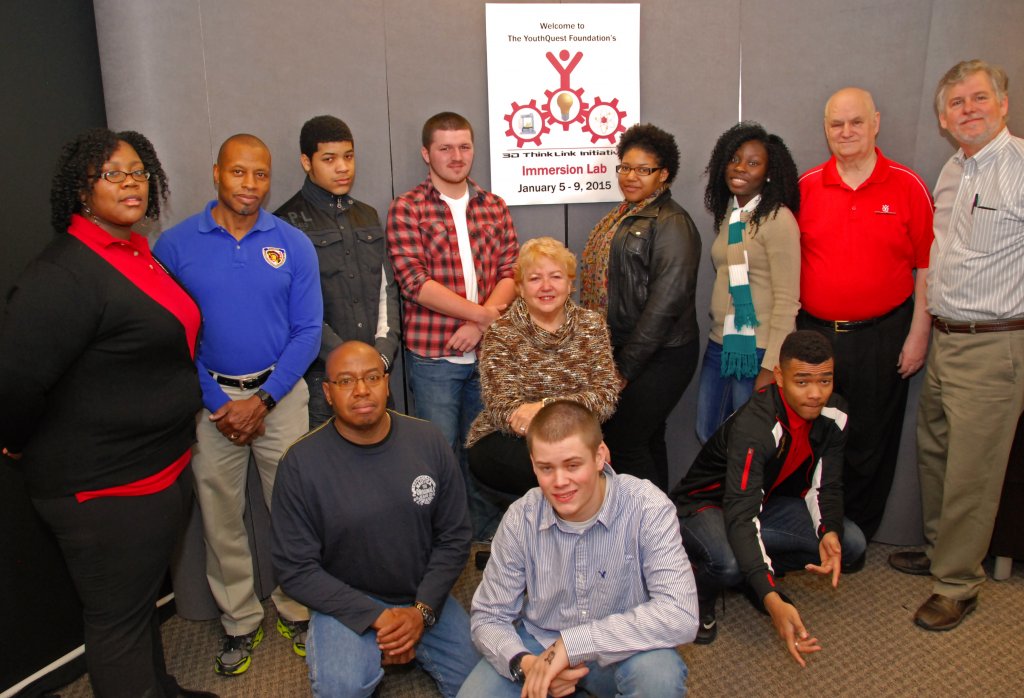

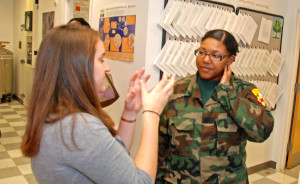
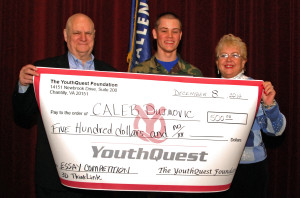

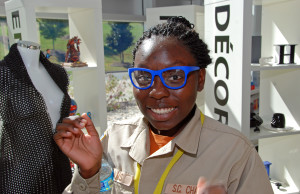


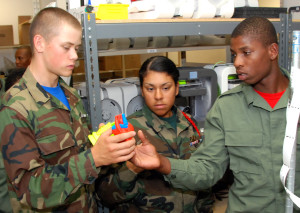
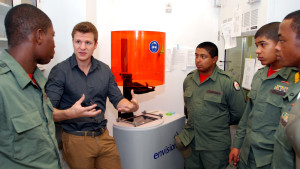
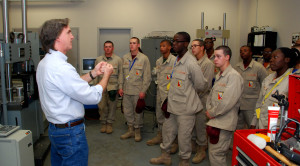
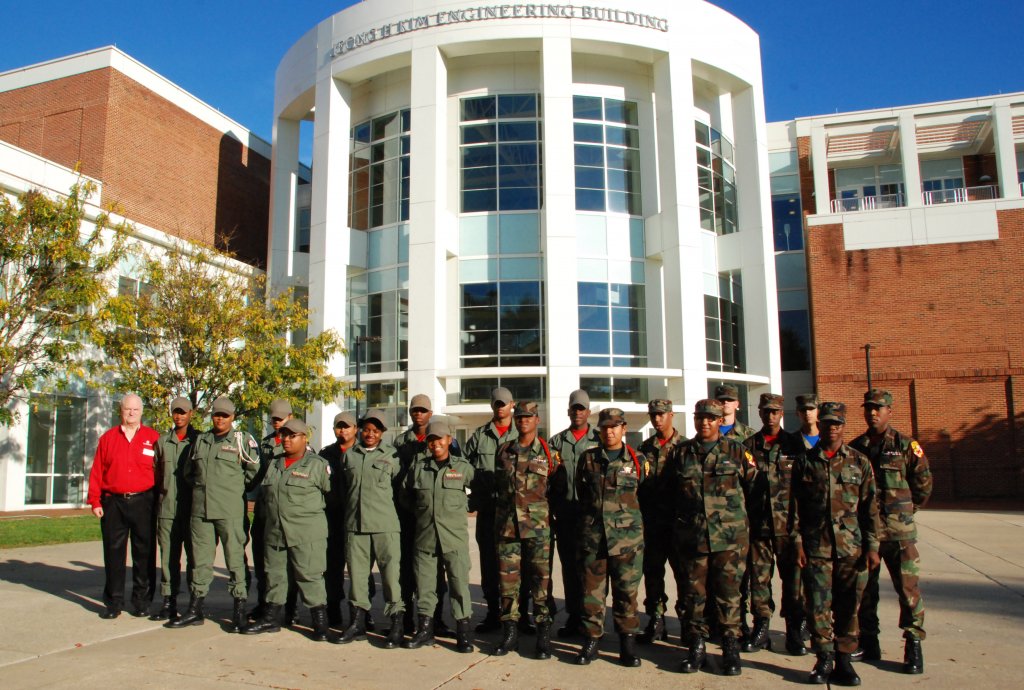
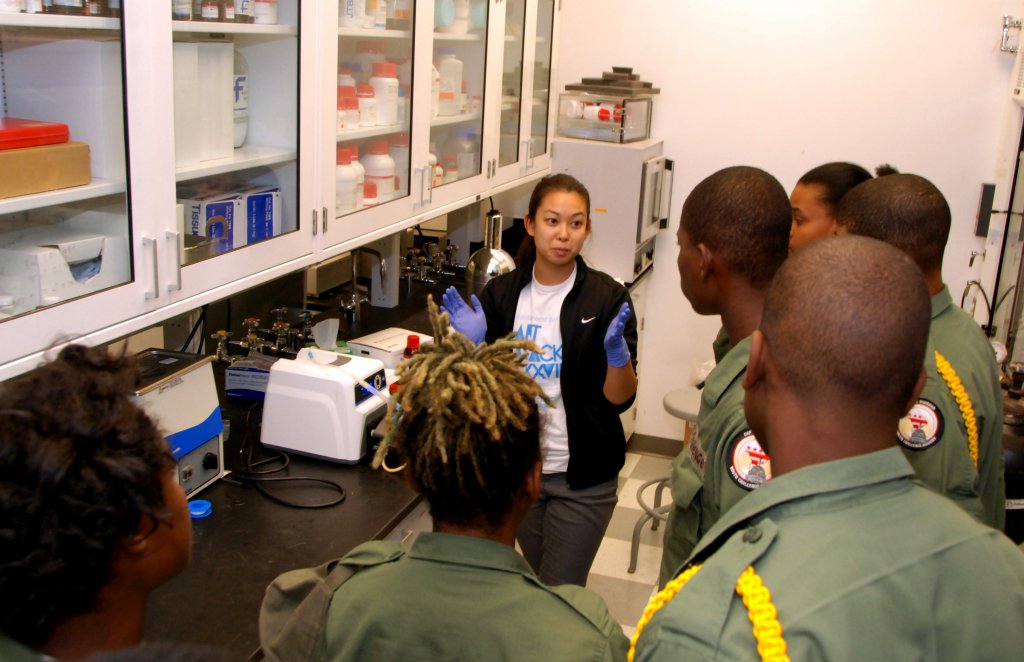
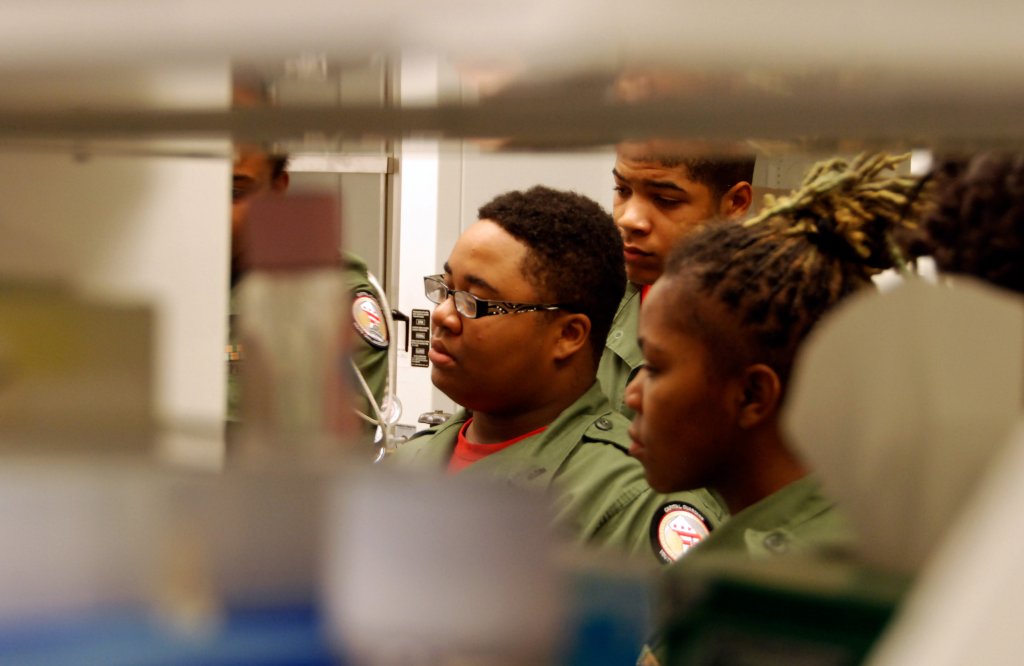
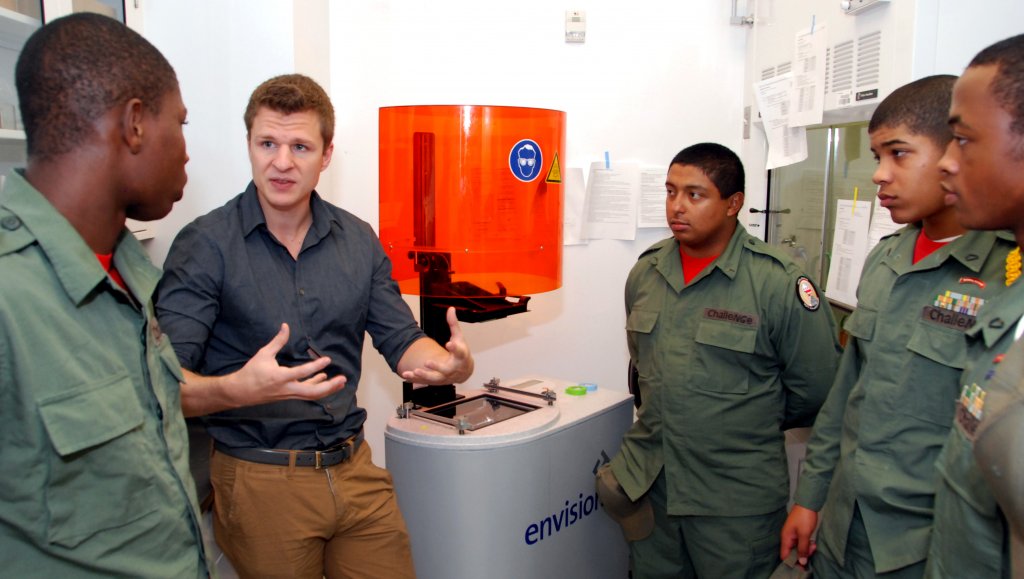
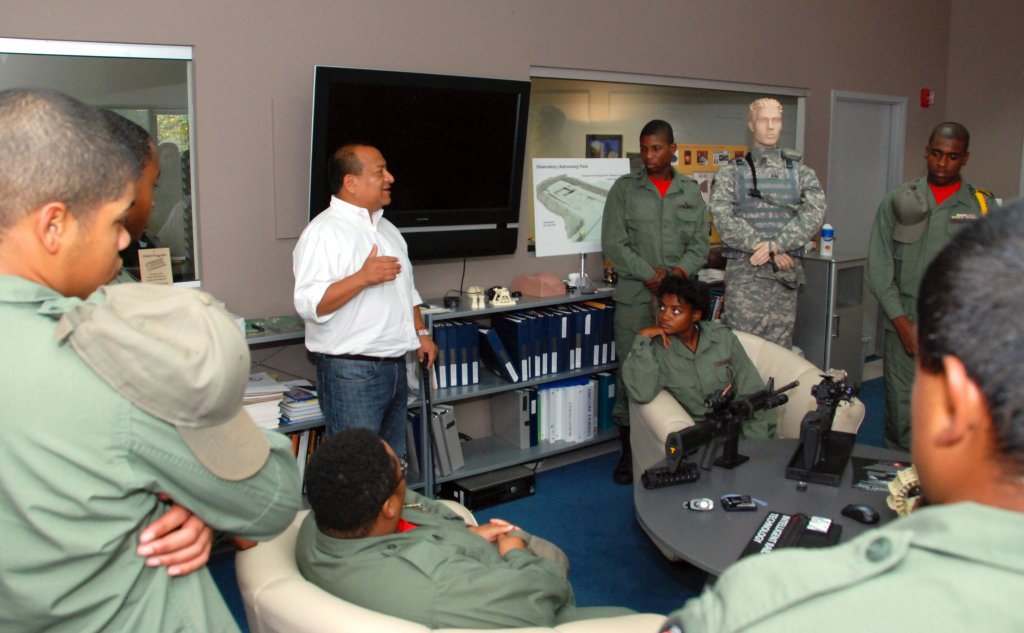
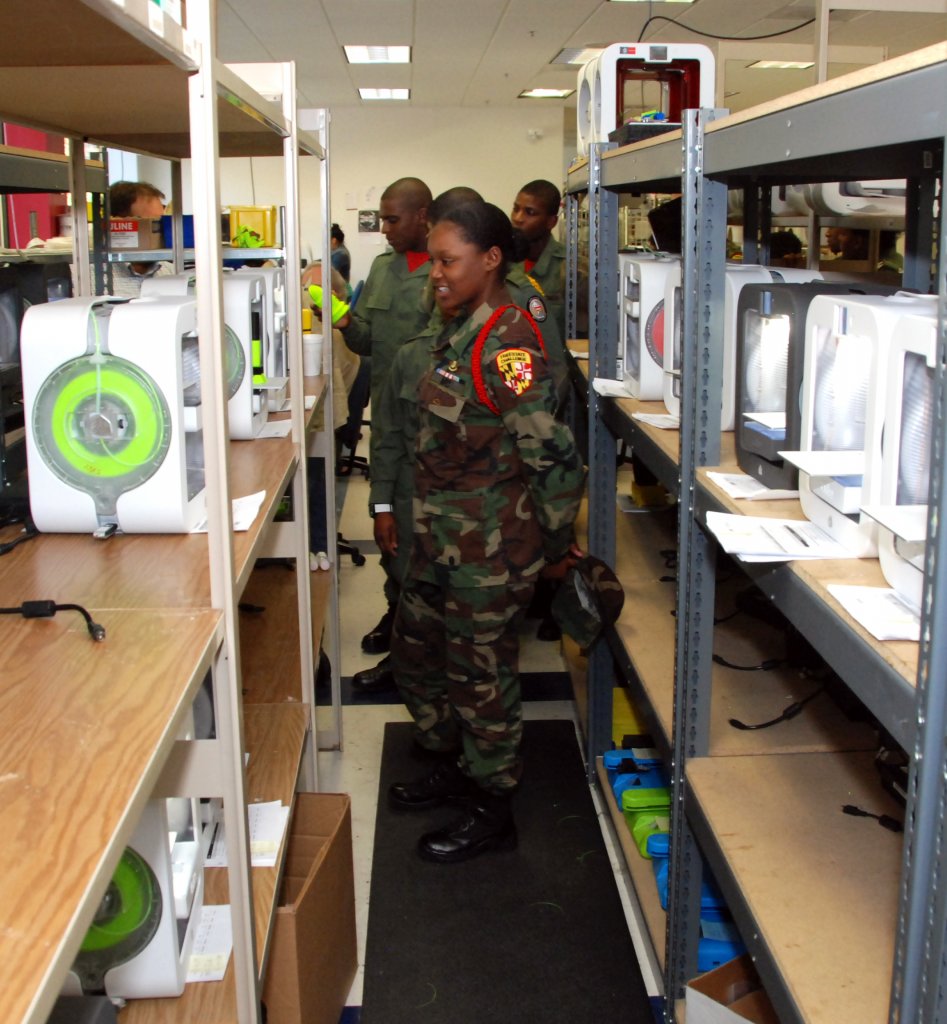
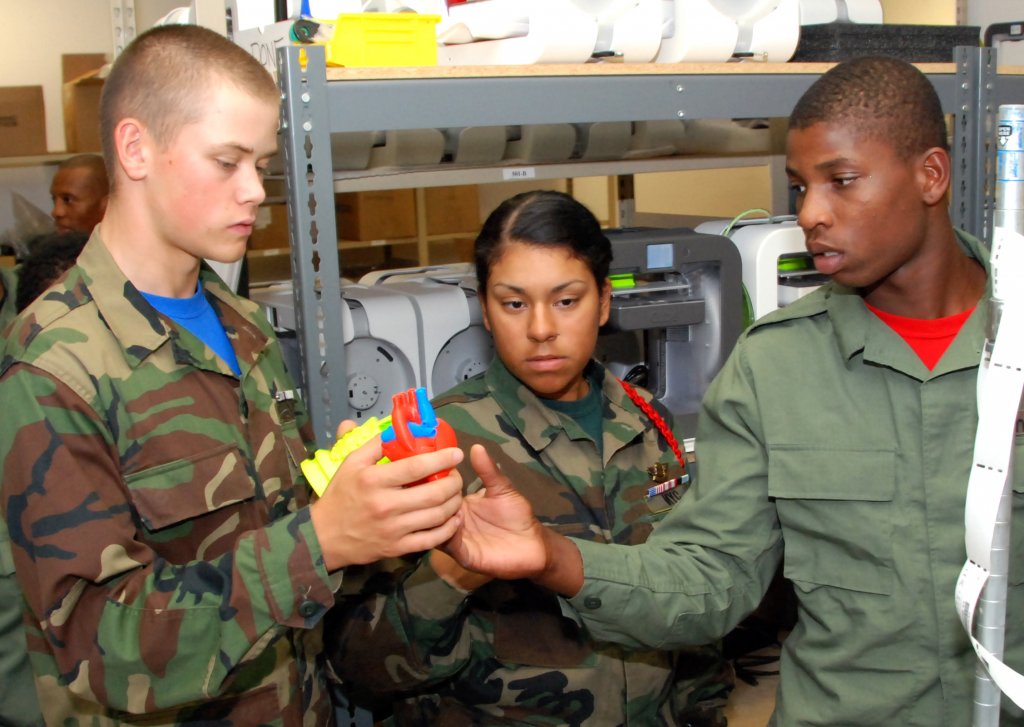
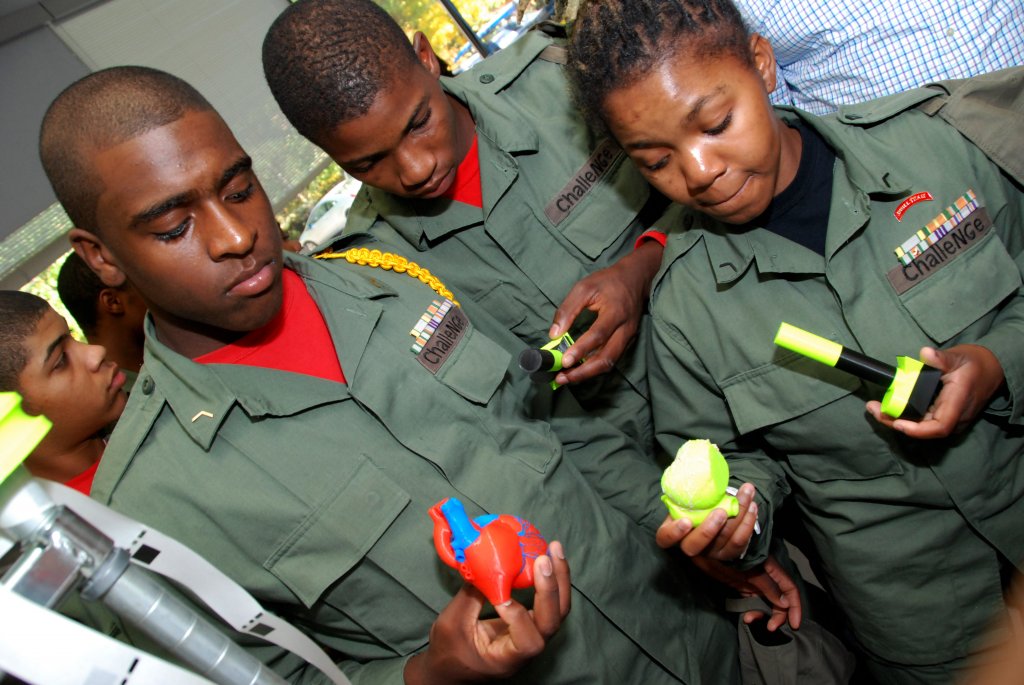
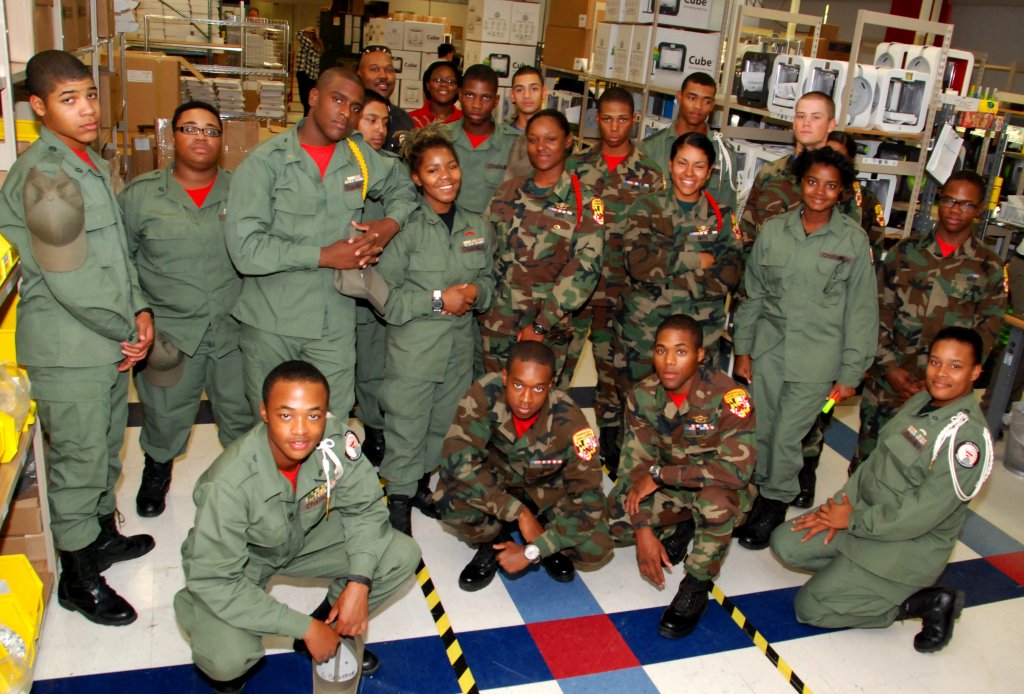
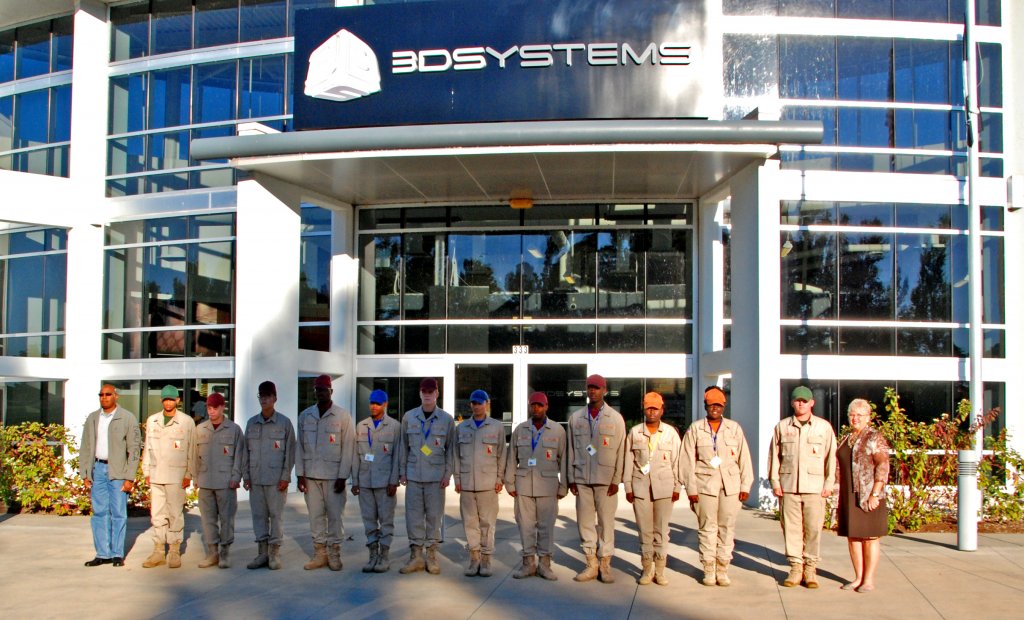
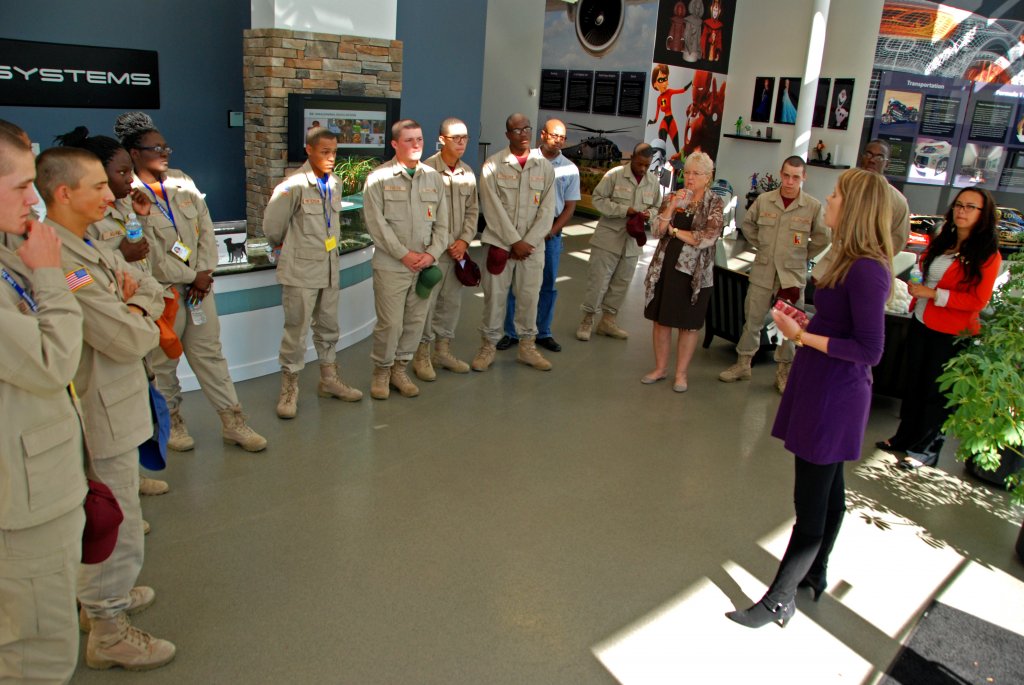
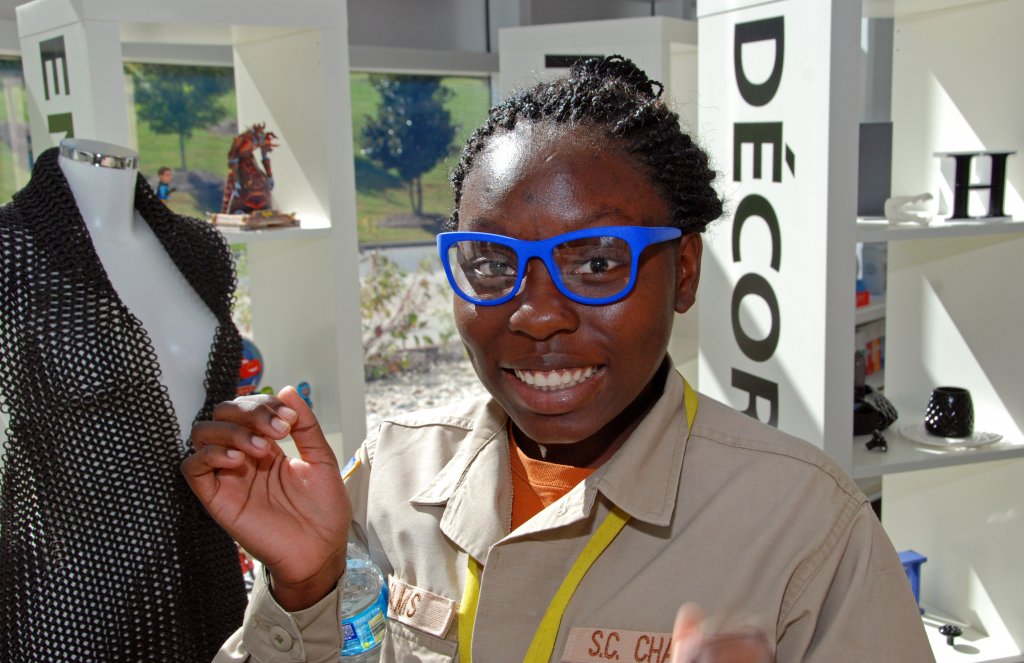
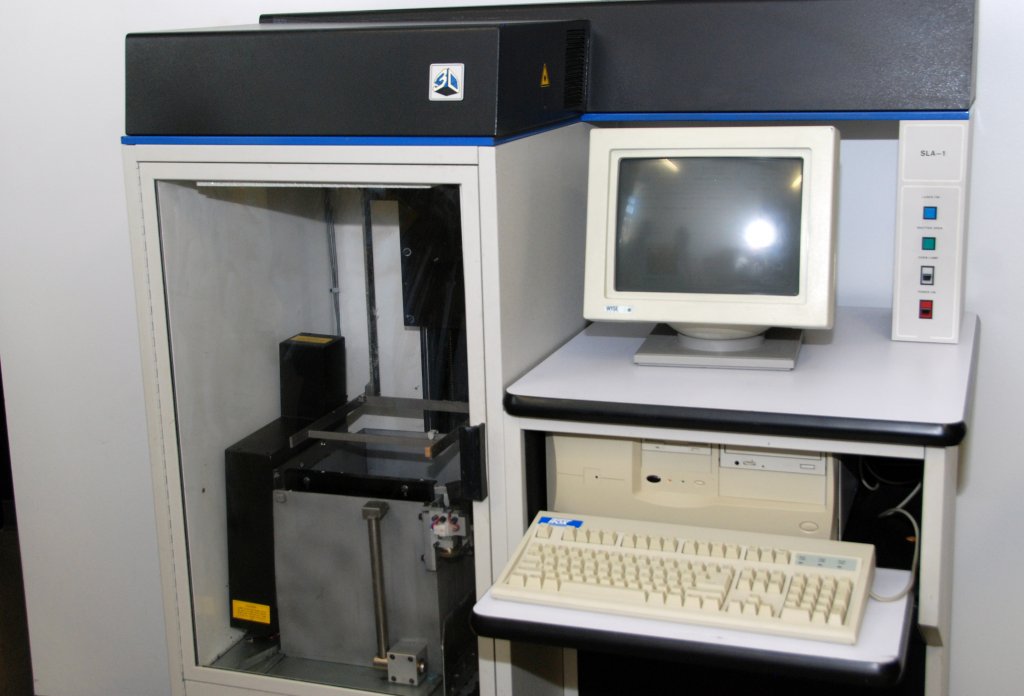
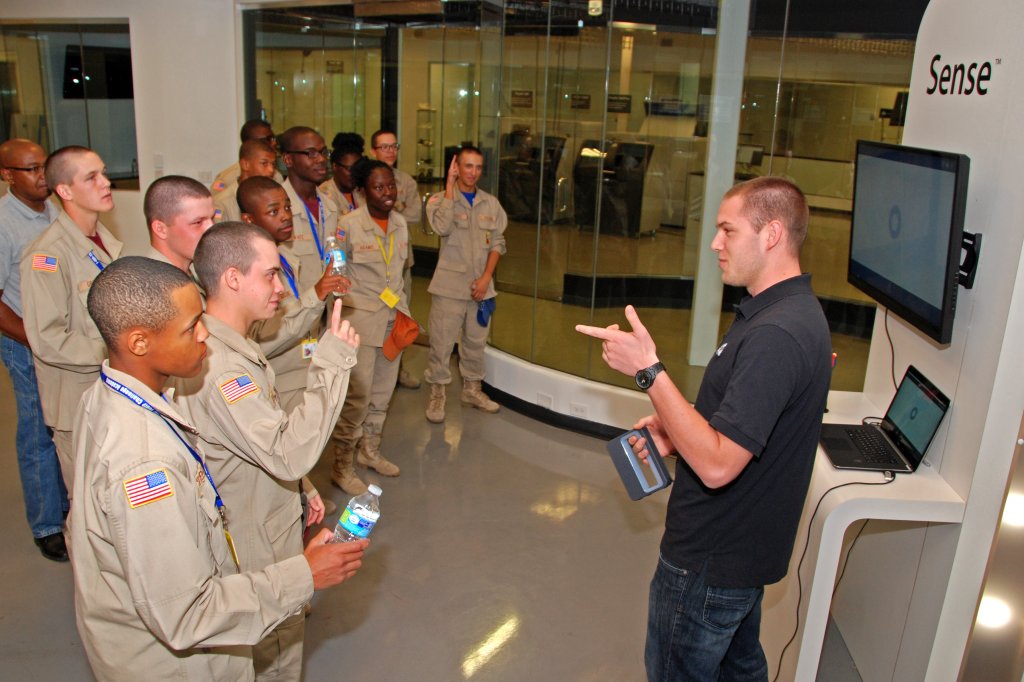
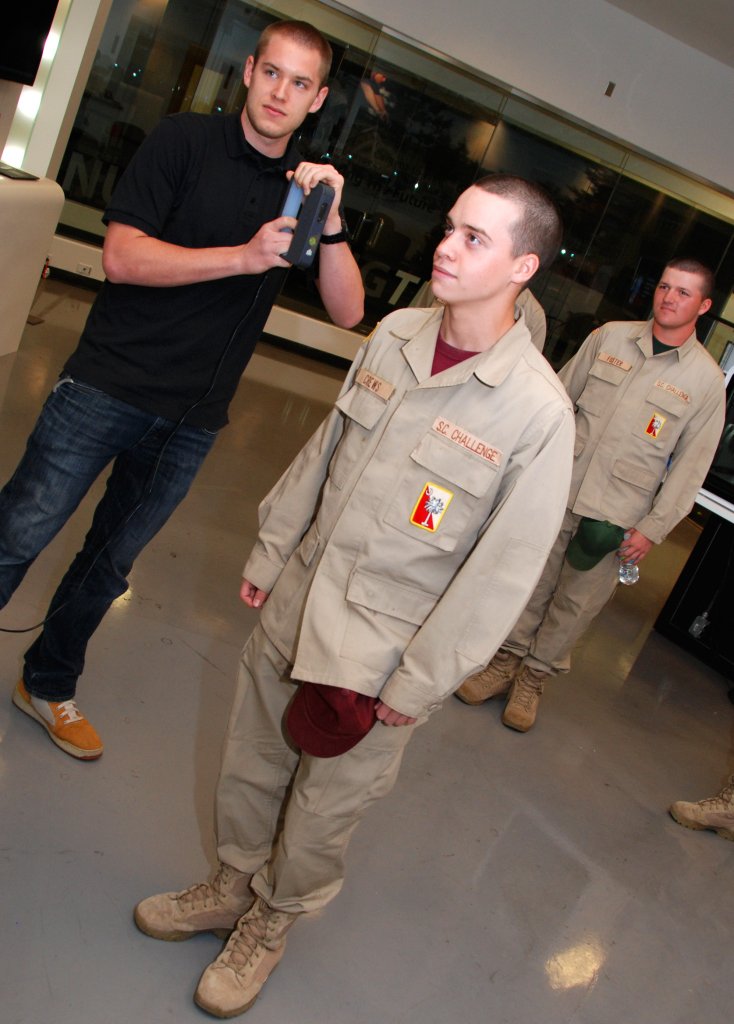
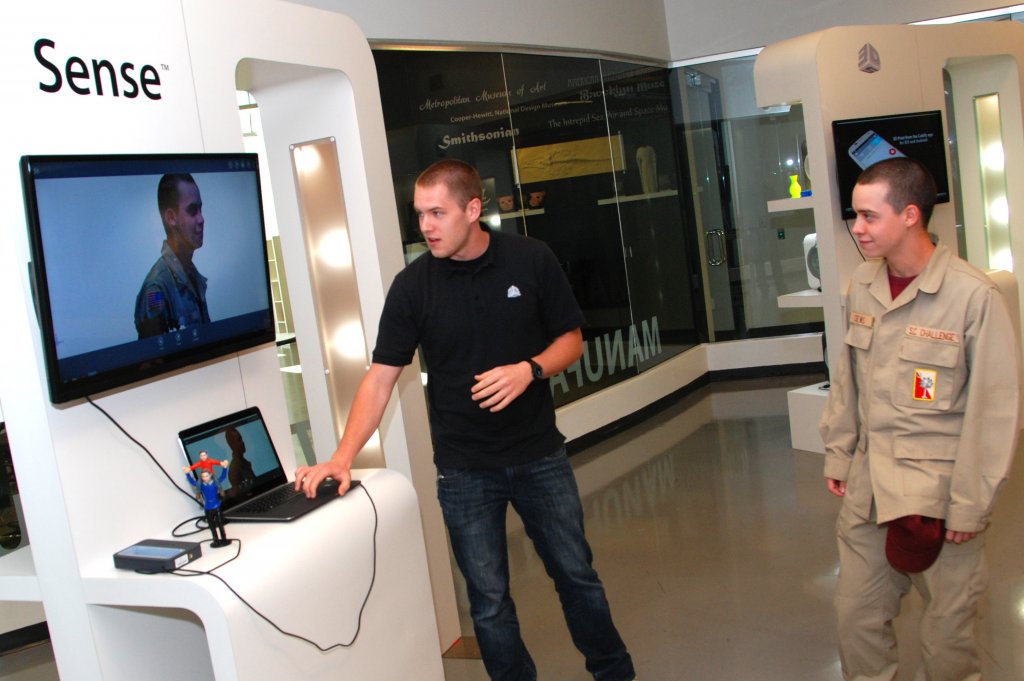
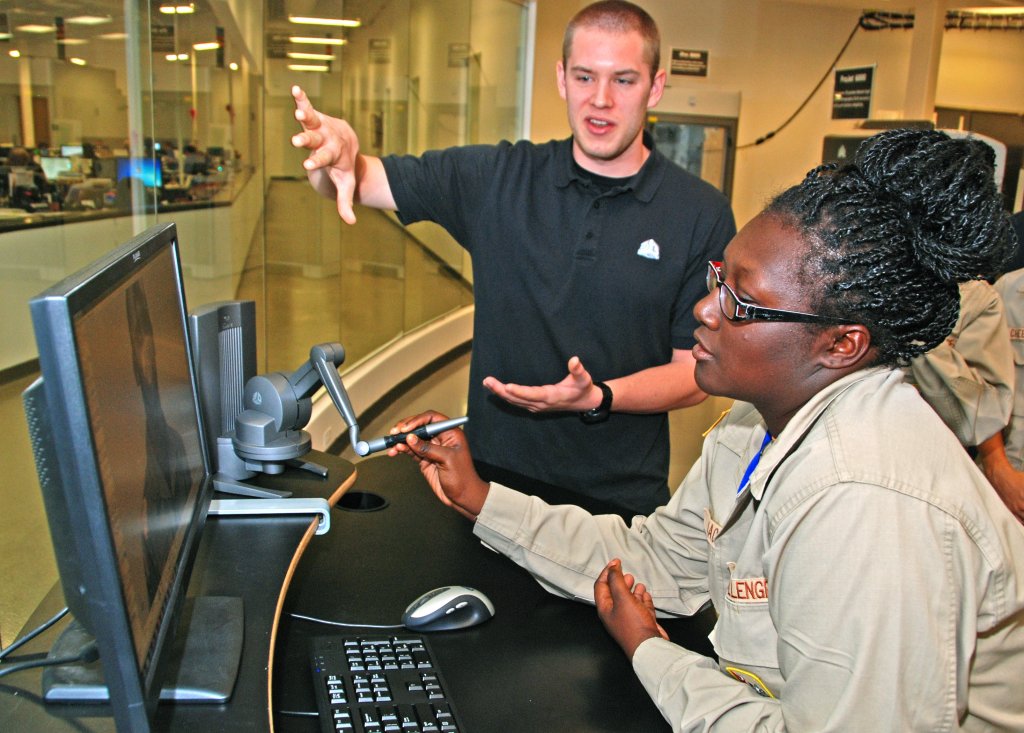
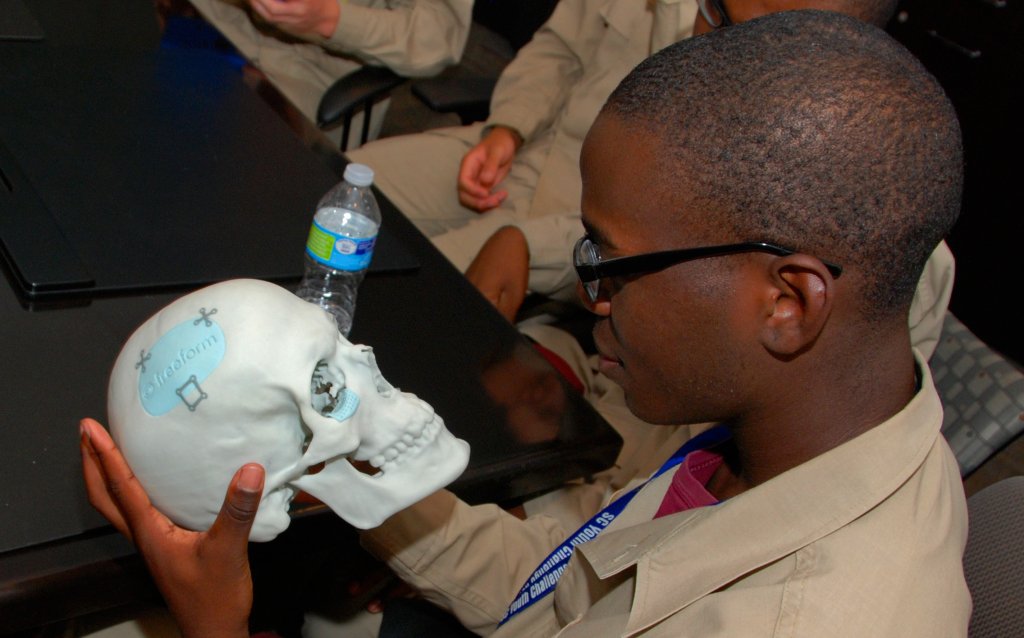
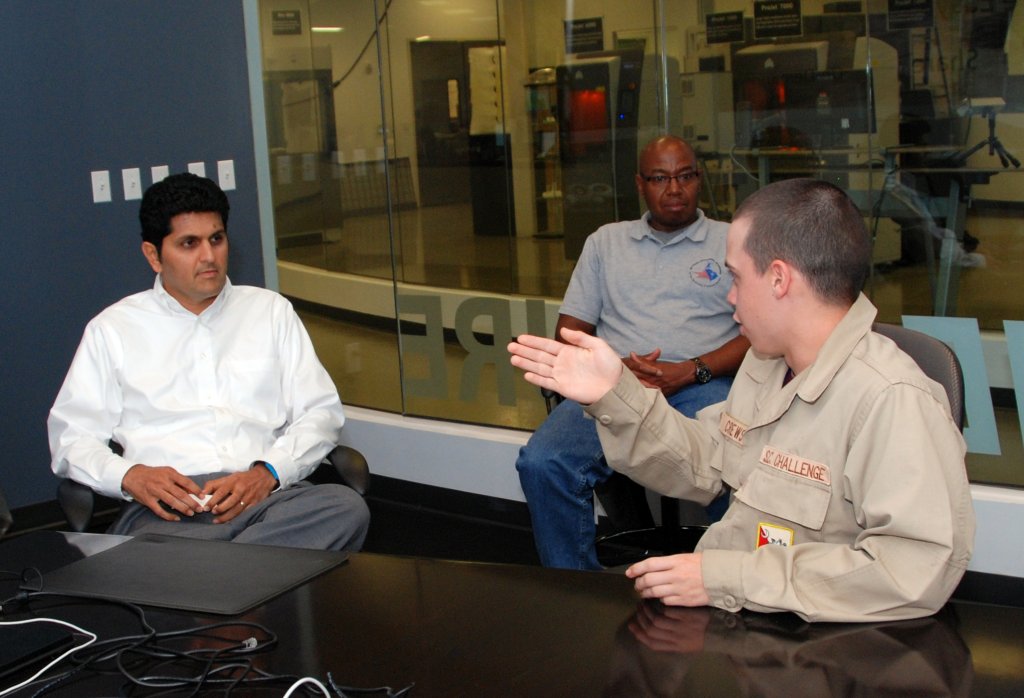
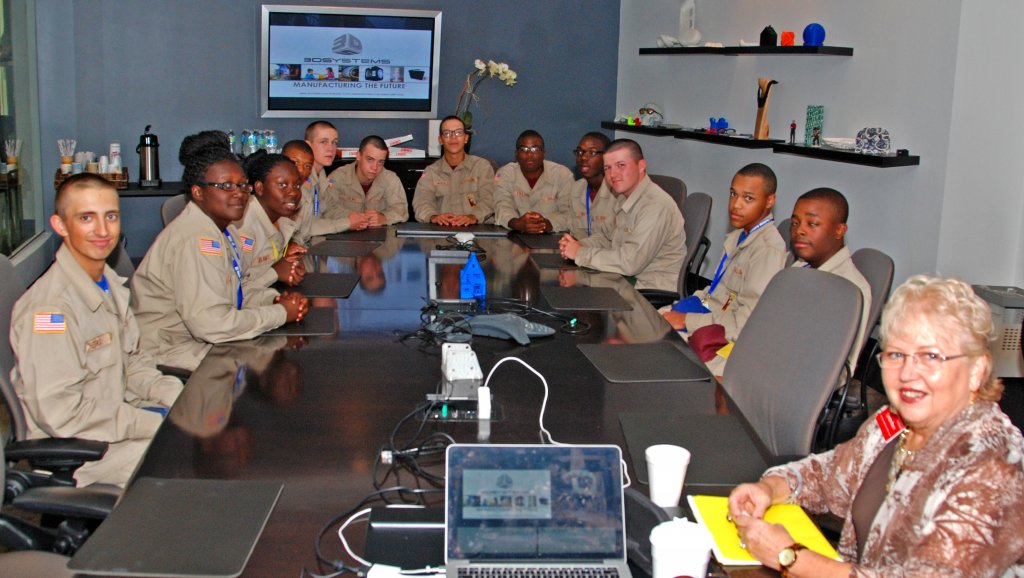
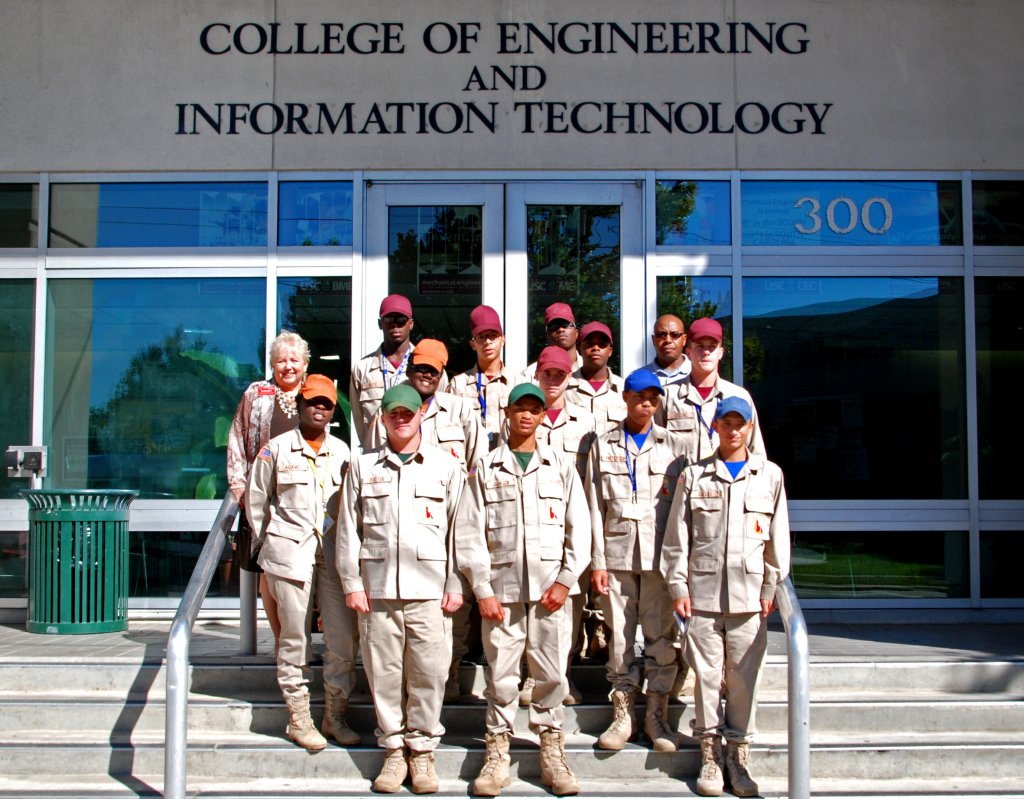
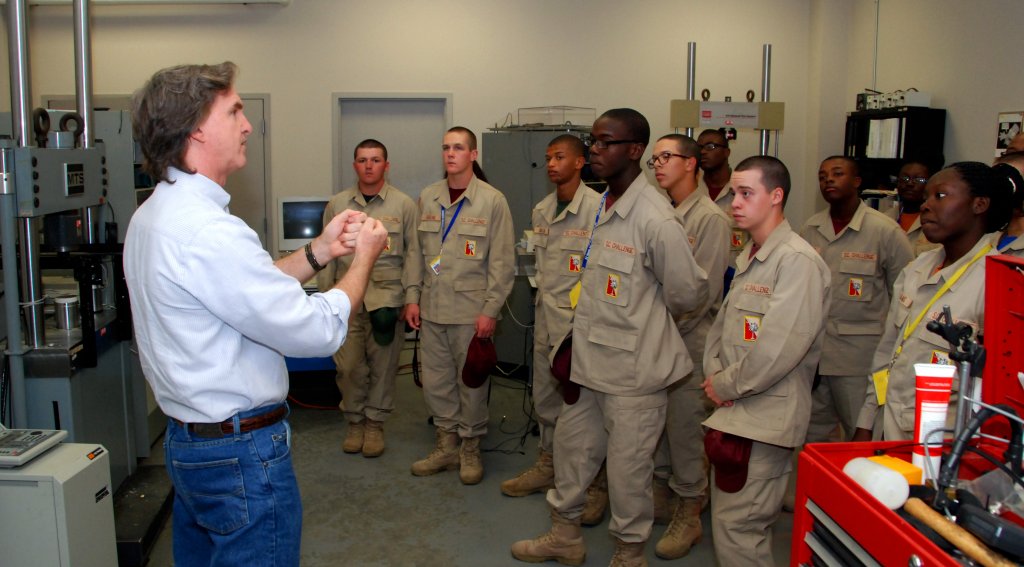
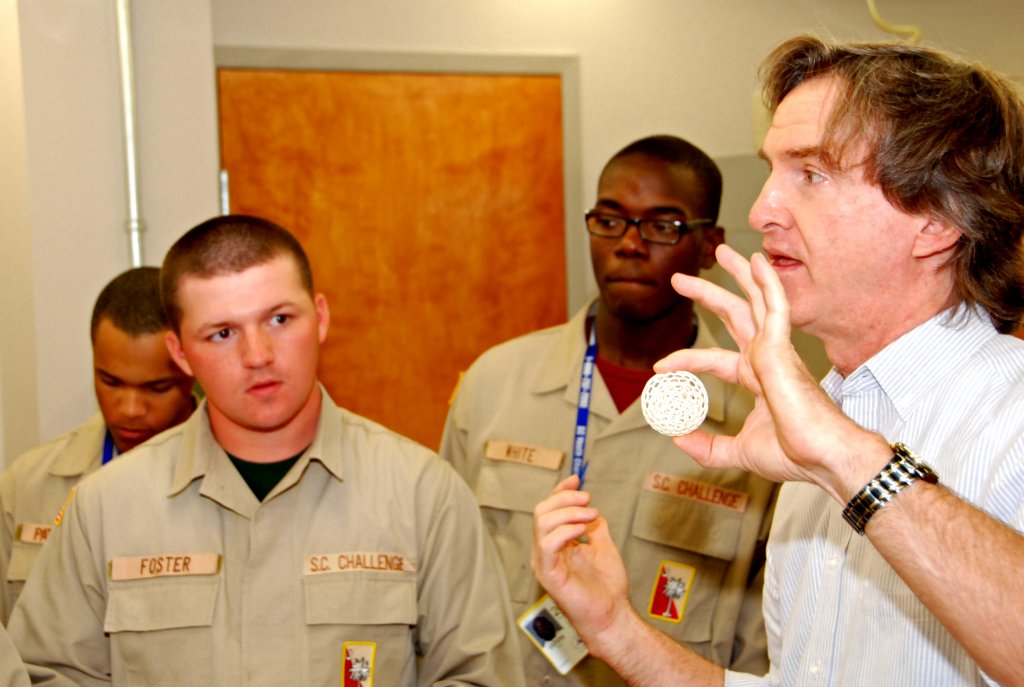
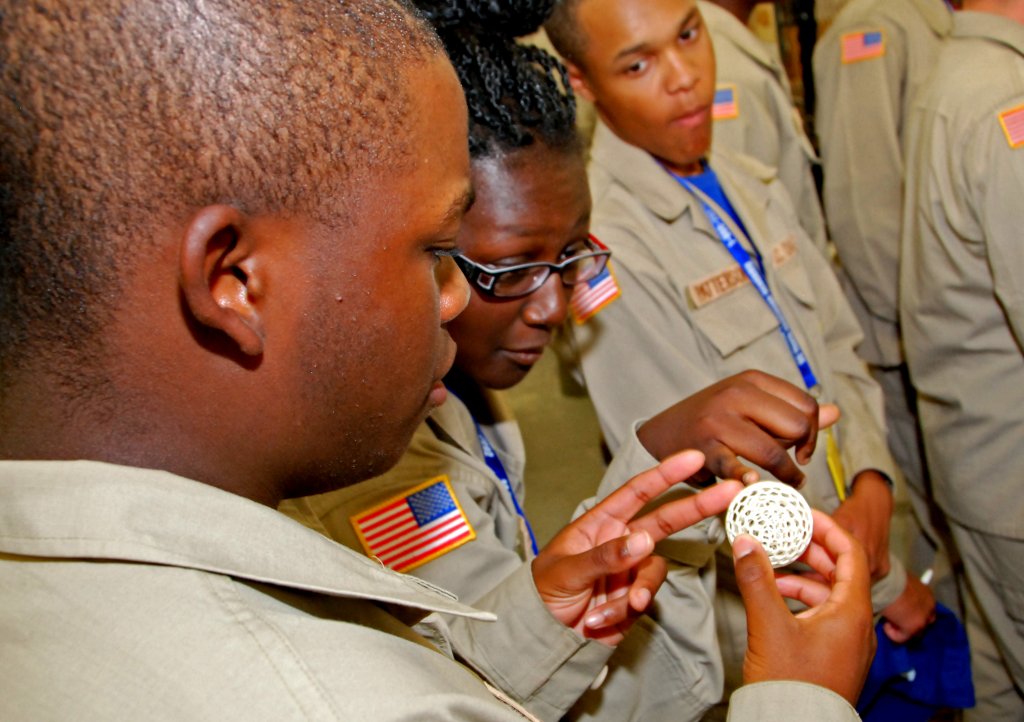

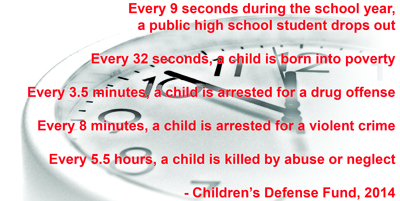 Every time a teen drops out, we all pay a price. Dropouts drain public resources because they are much more likely than high school graduates to be unemployed, need government aid, abuse alcohol and drugs and be arrested. At least two-thirds of dropouts spend time in jail. On average, dropouts earn about half as much as graduates, so they contribute less to the economy.
Every time a teen drops out, we all pay a price. Dropouts drain public resources because they are much more likely than high school graduates to be unemployed, need government aid, abuse alcohol and drugs and be arrested. At least two-thirds of dropouts spend time in jail. On average, dropouts earn about half as much as graduates, so they contribute less to the economy.